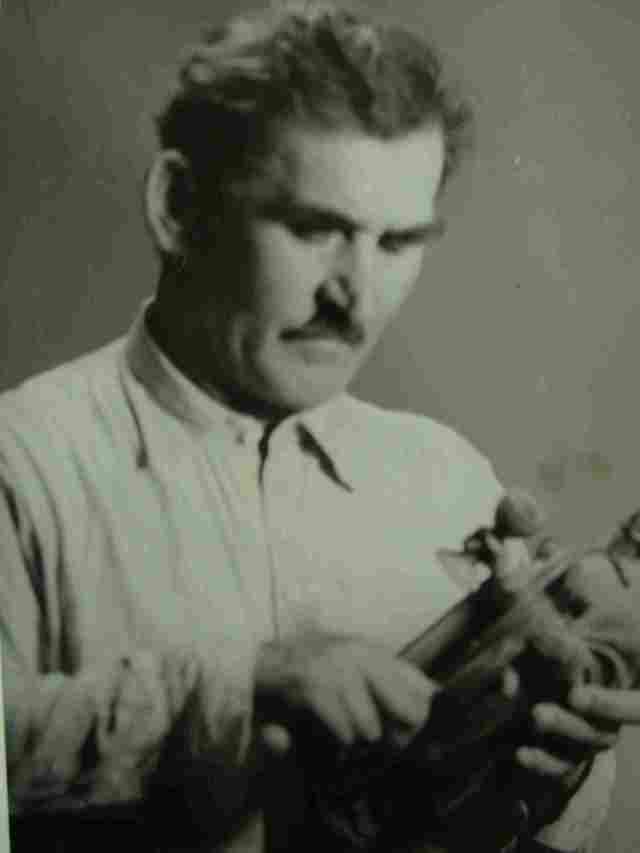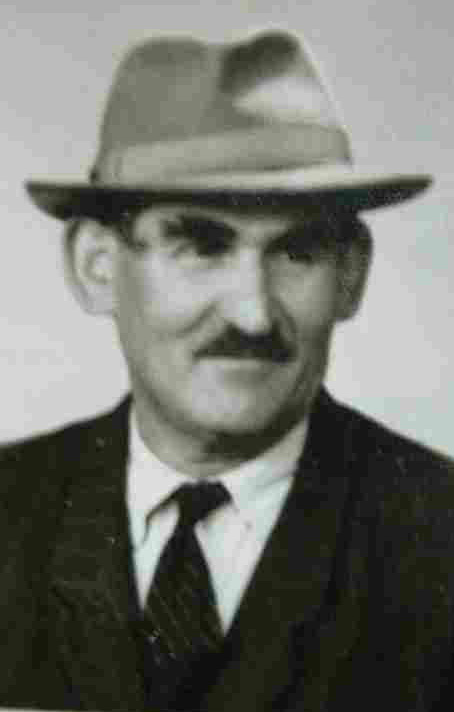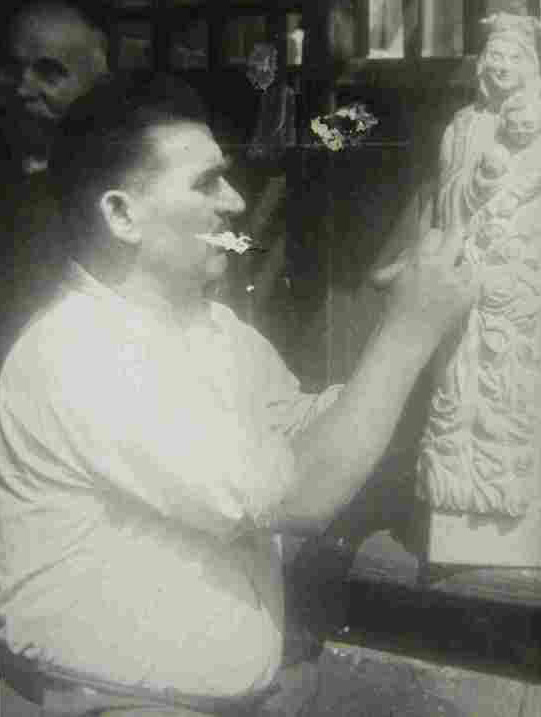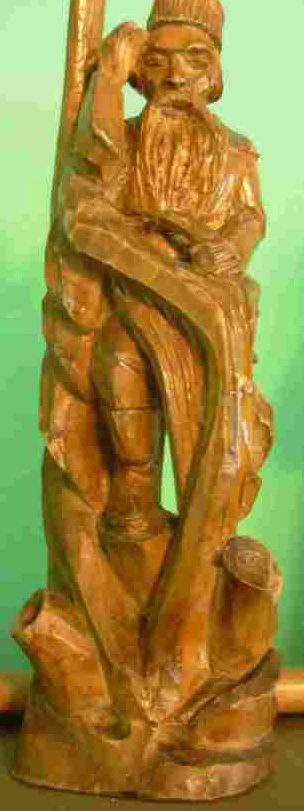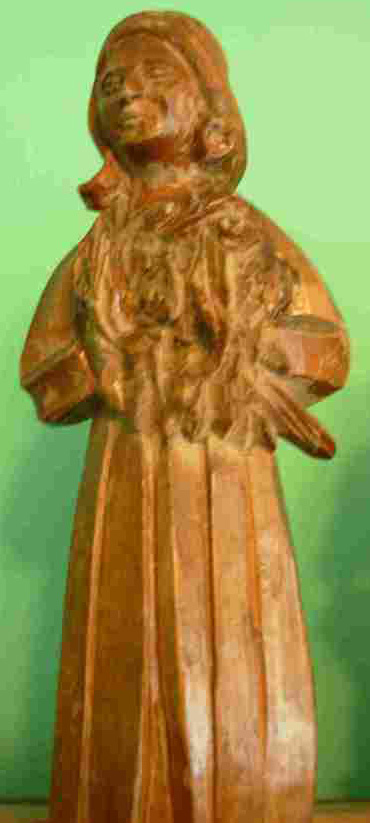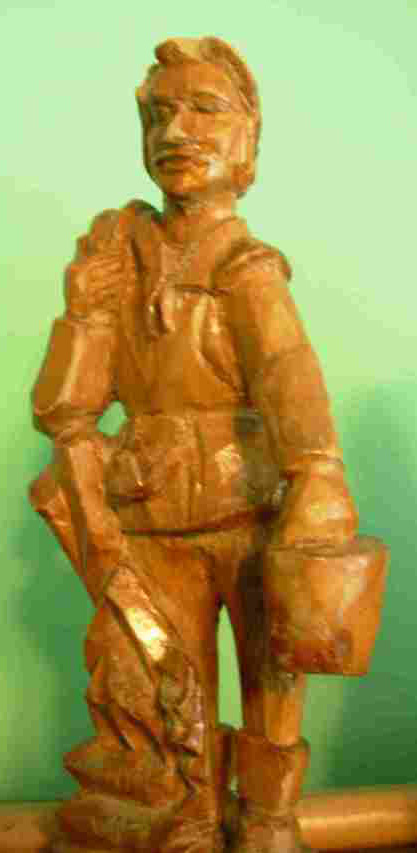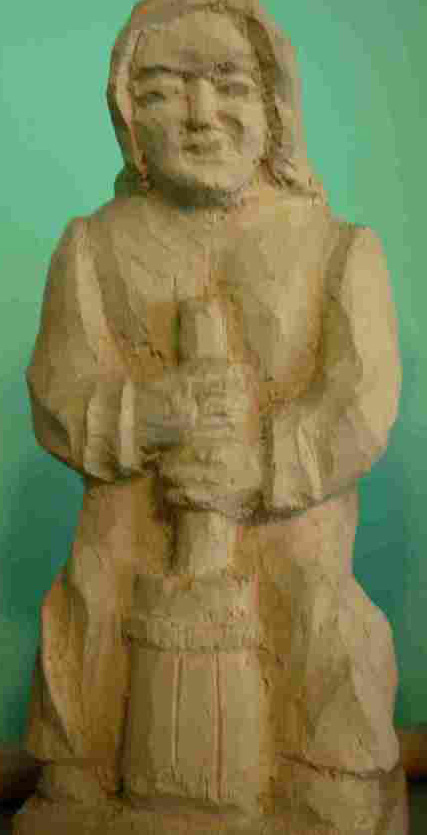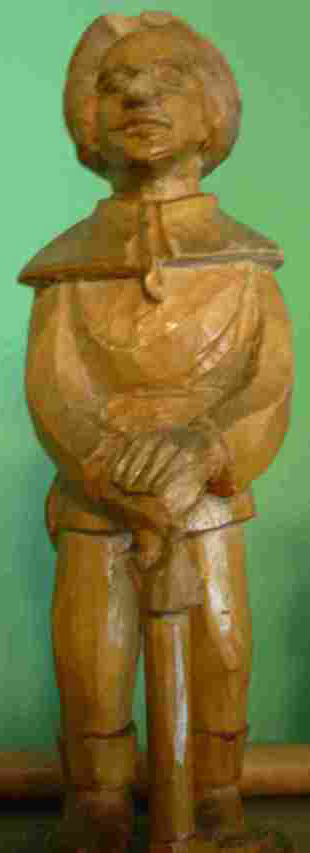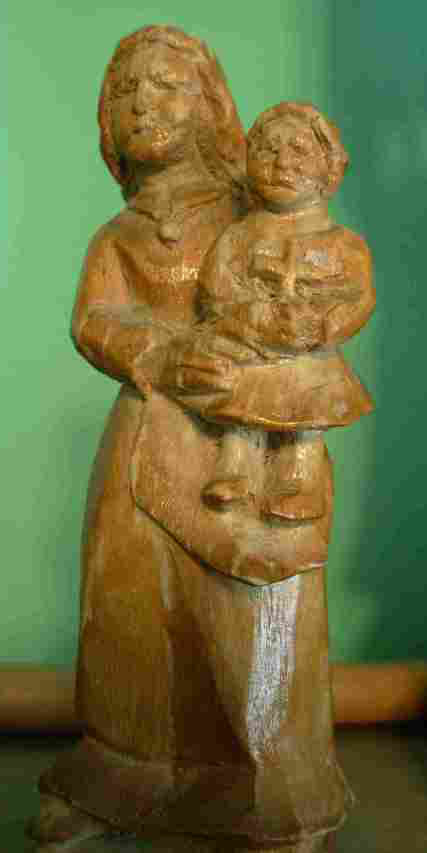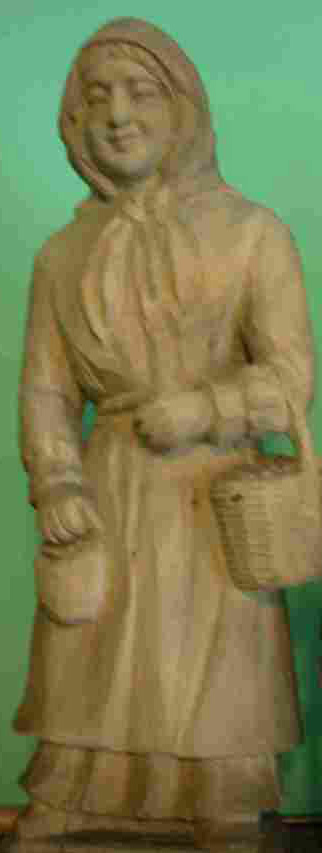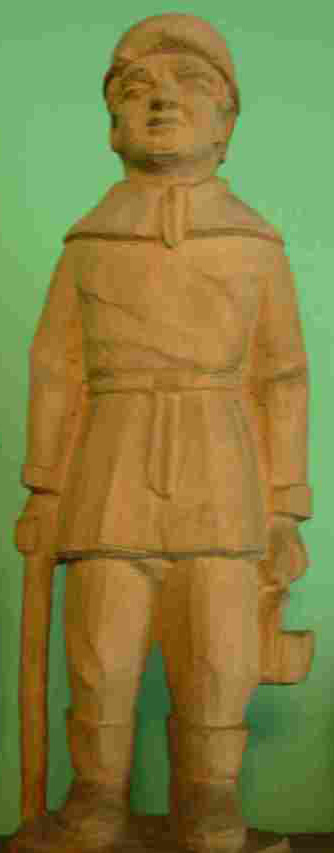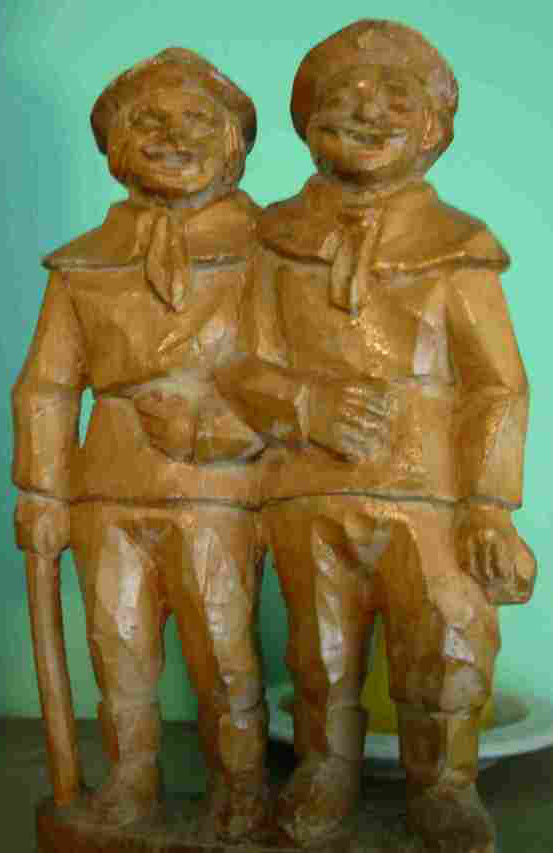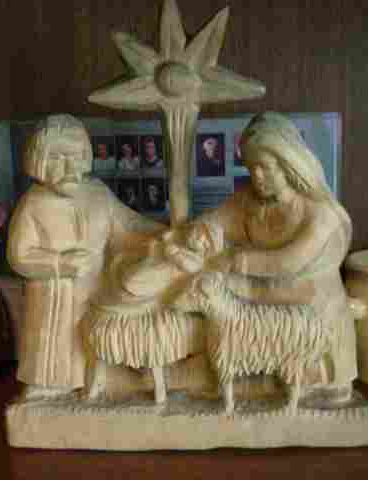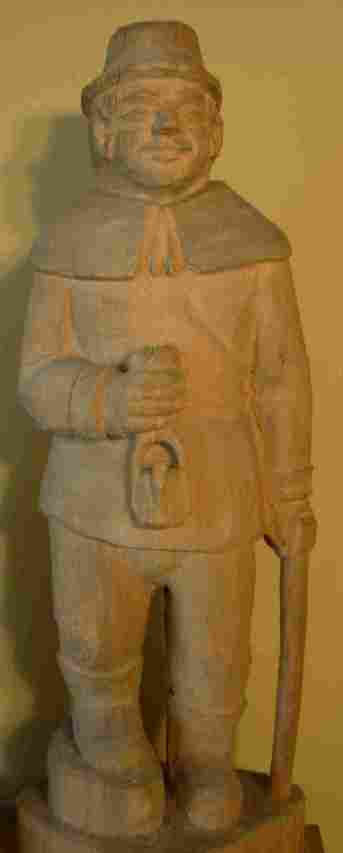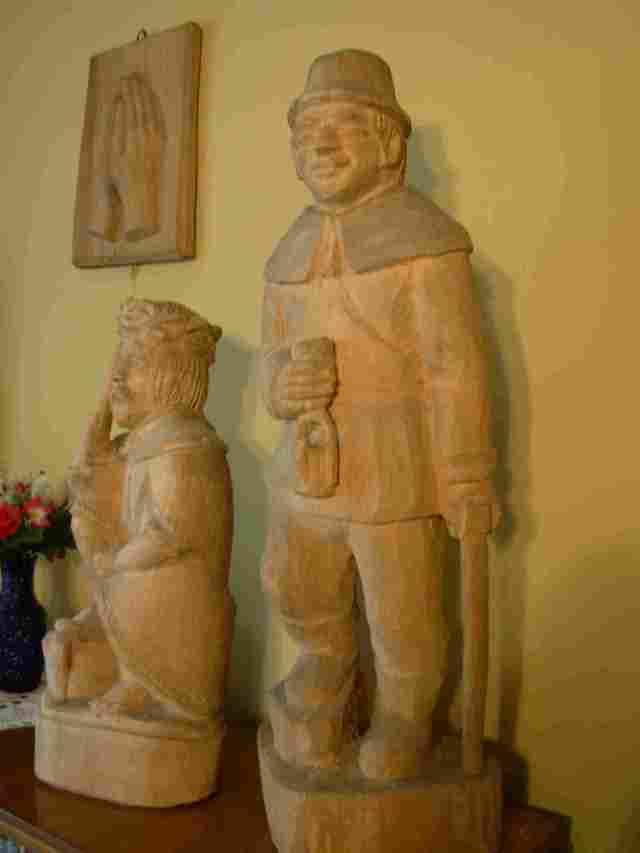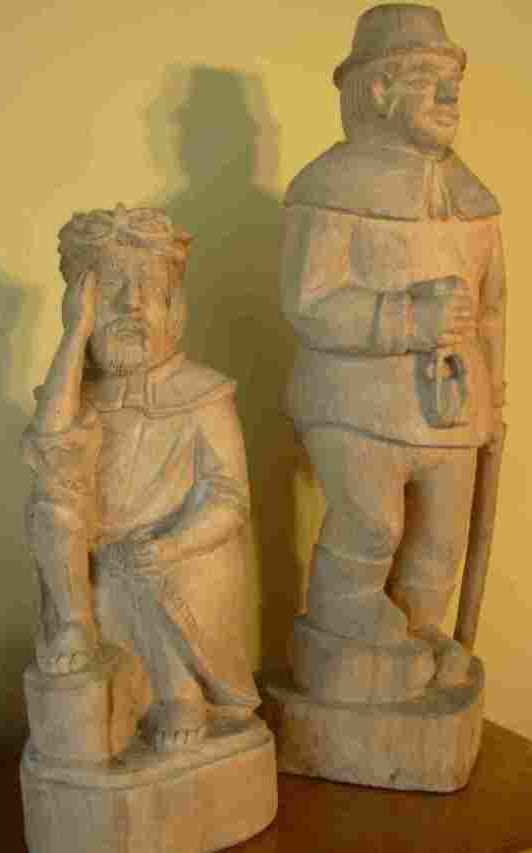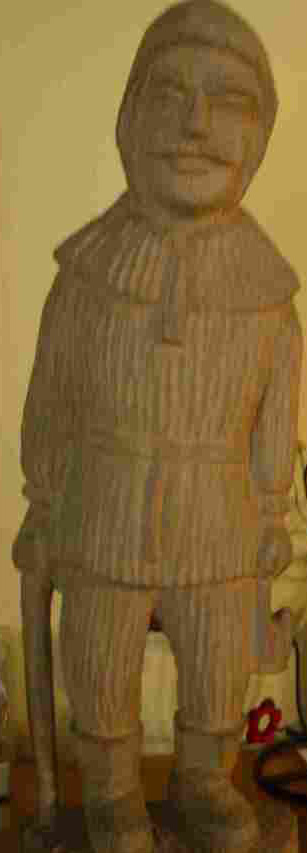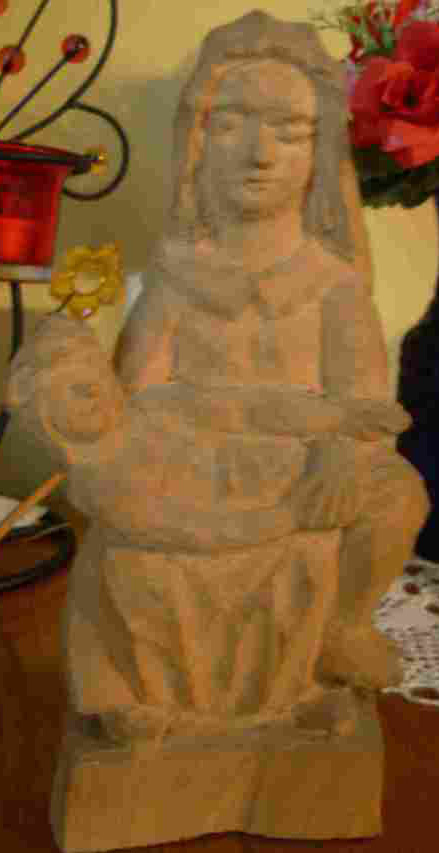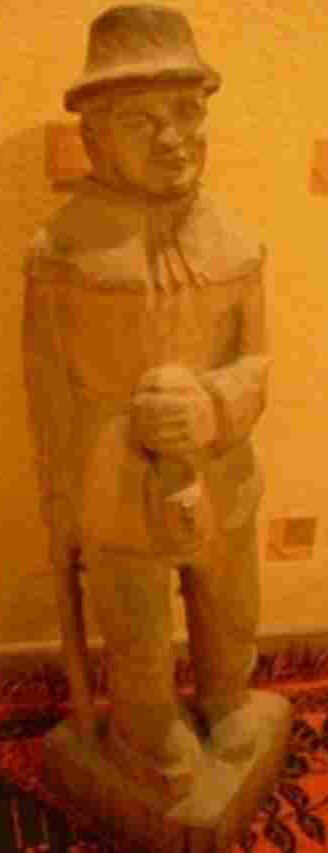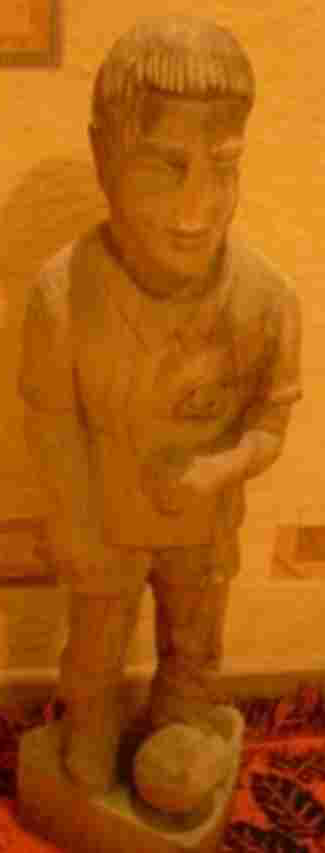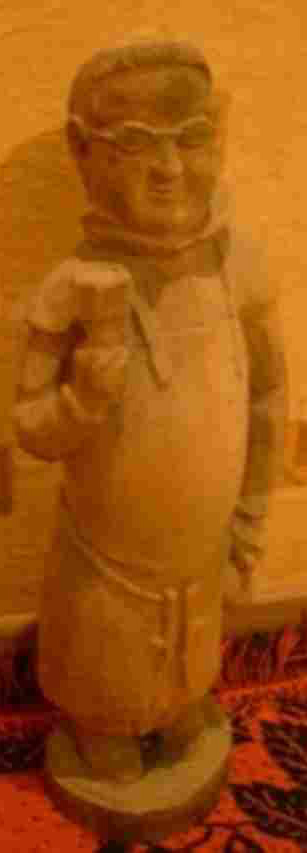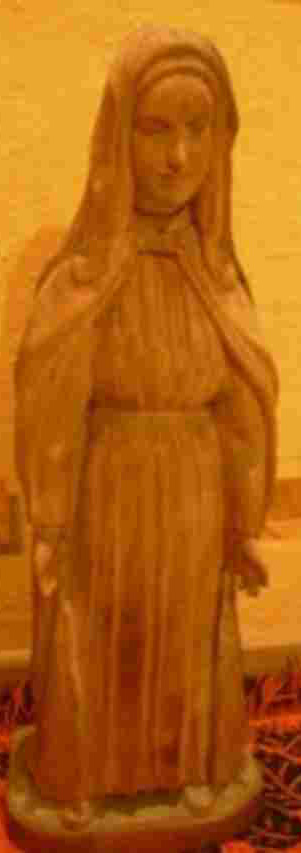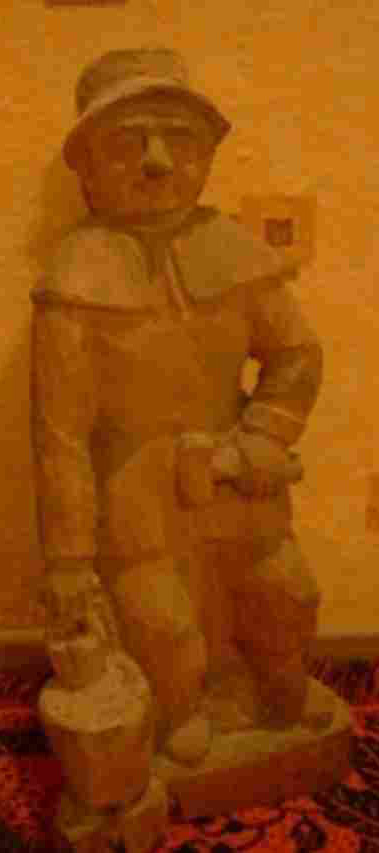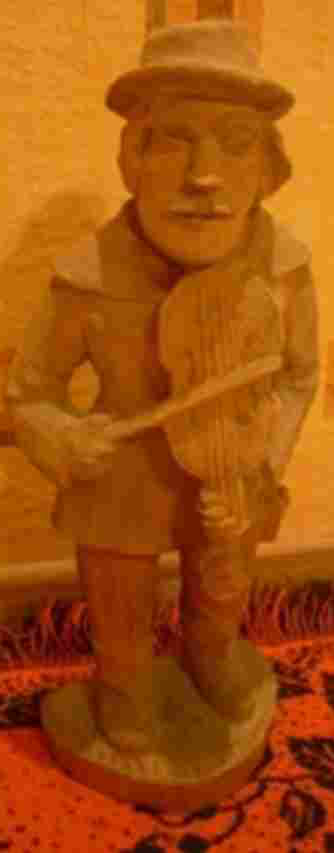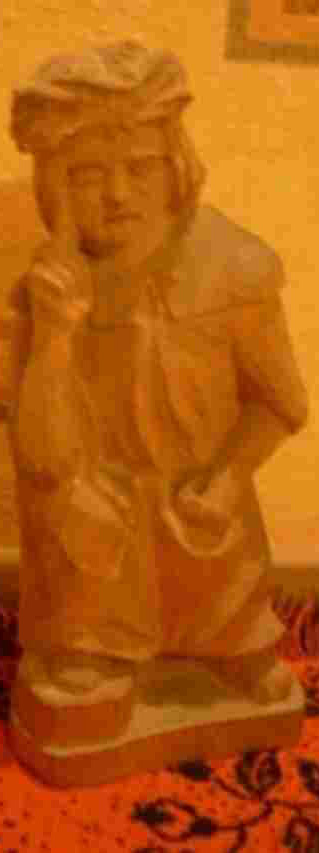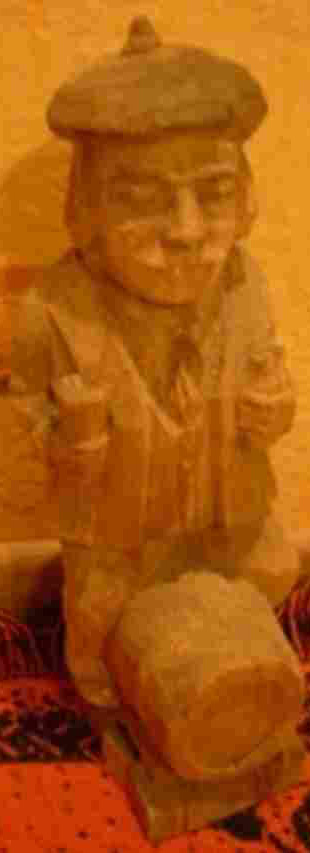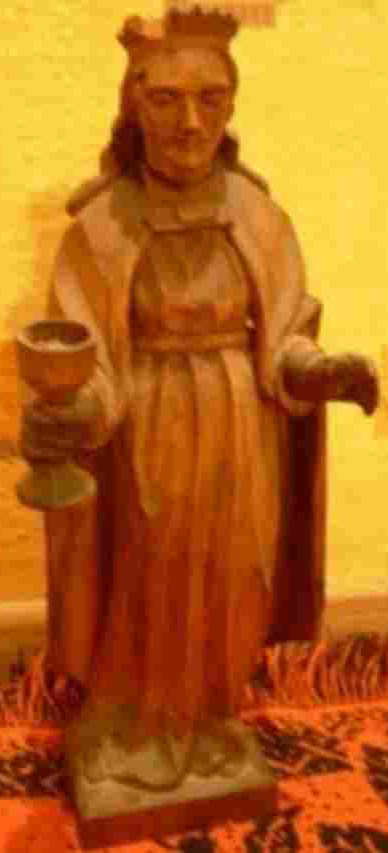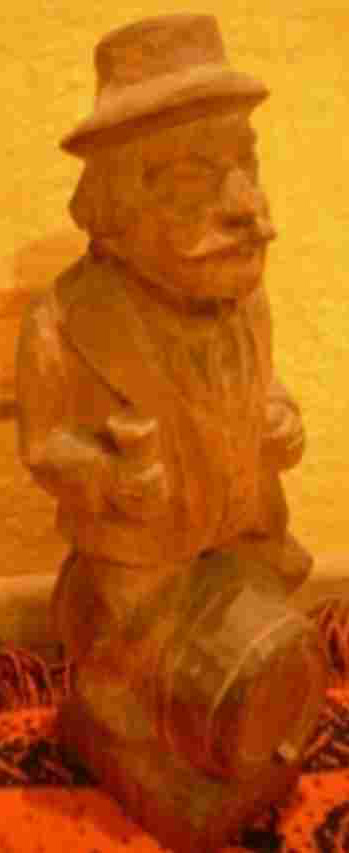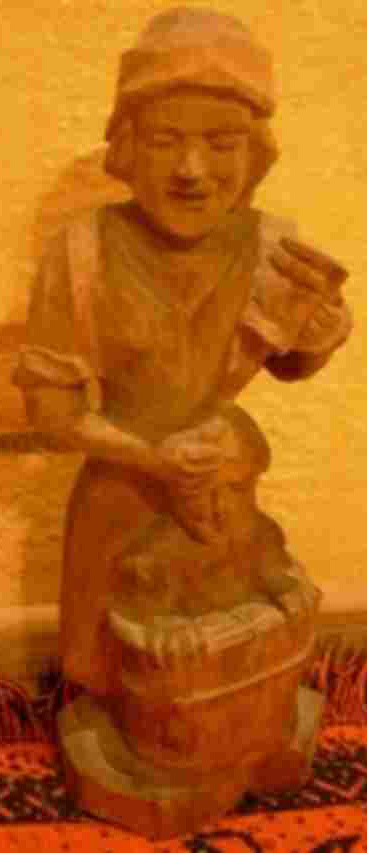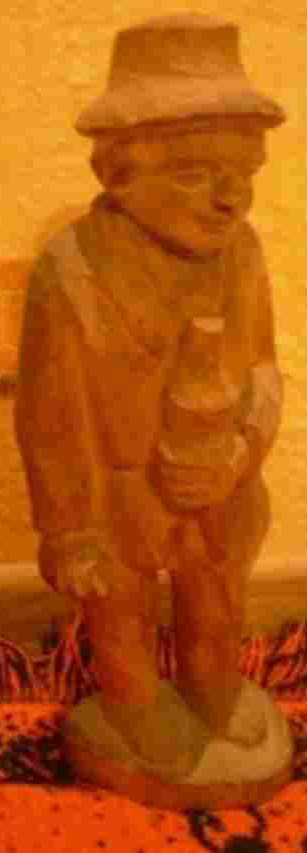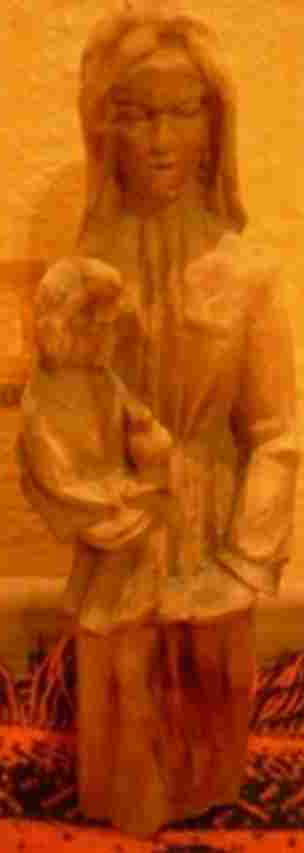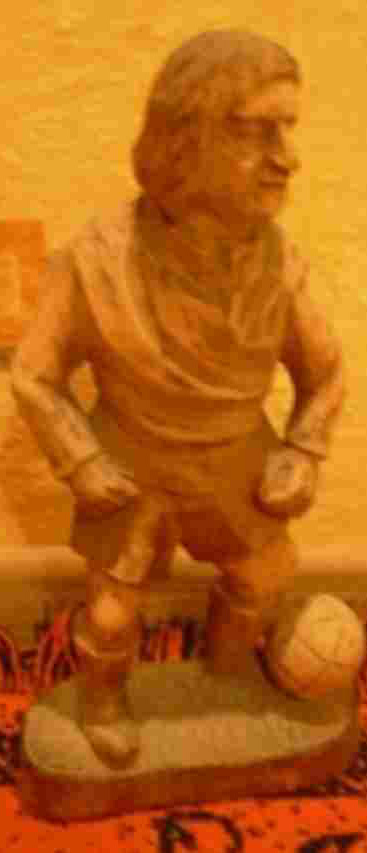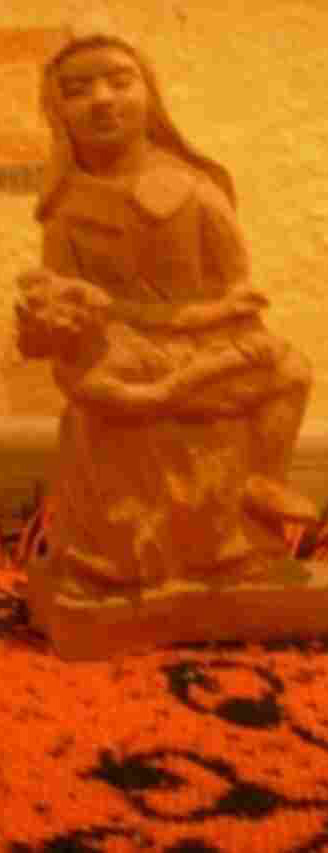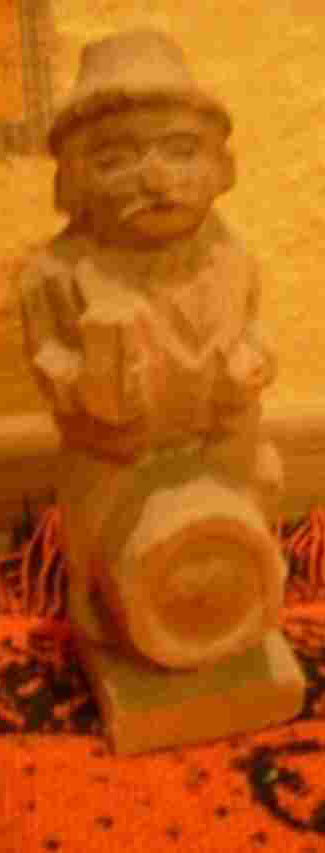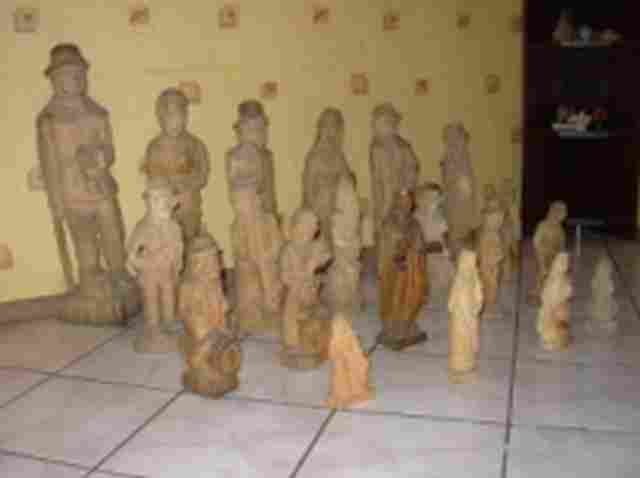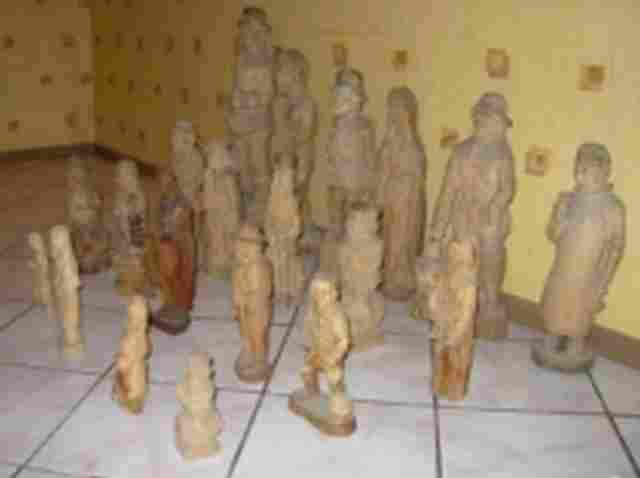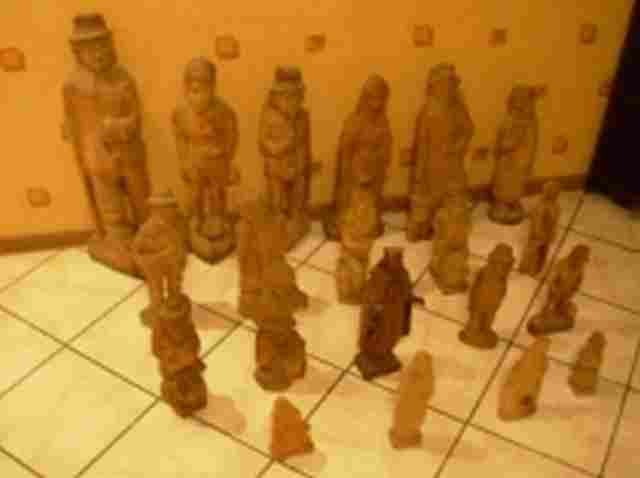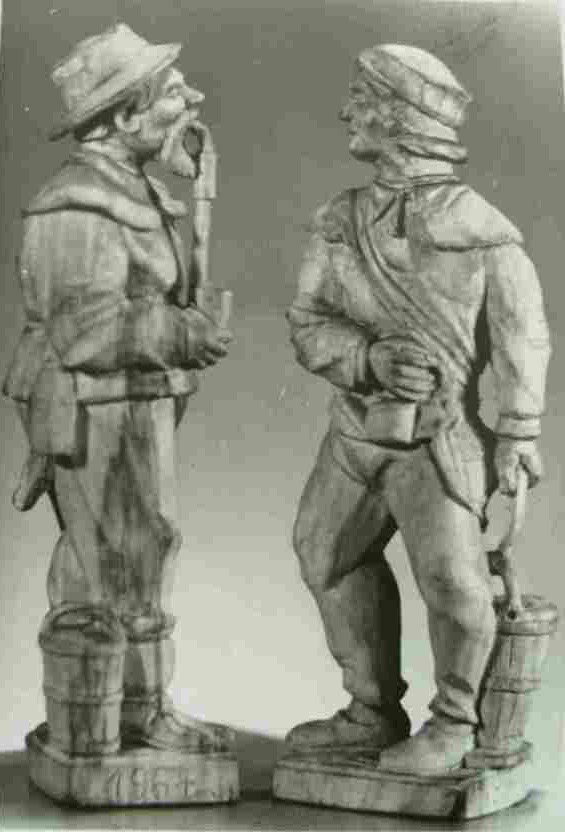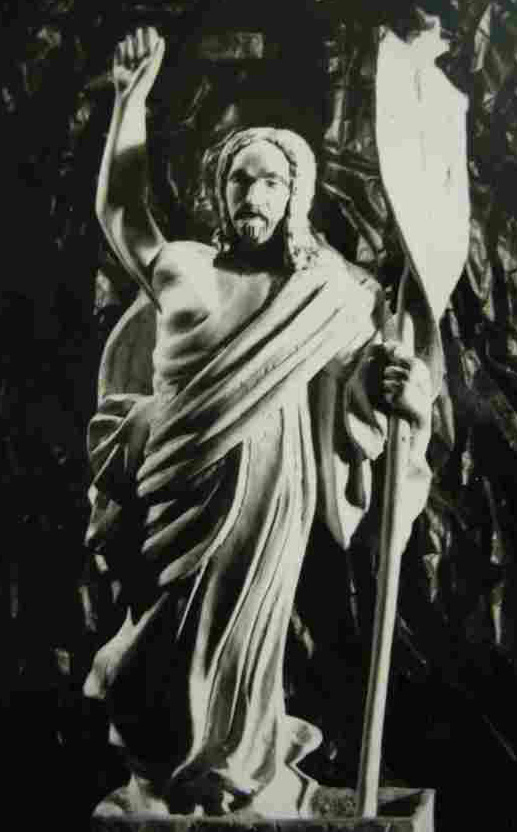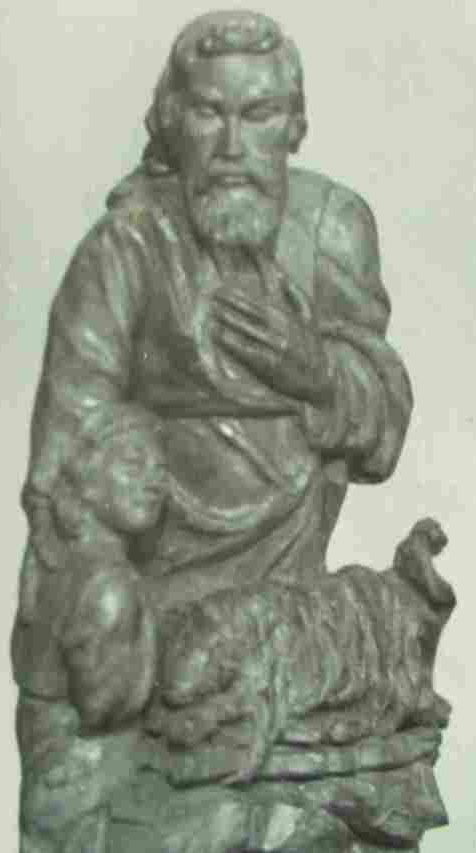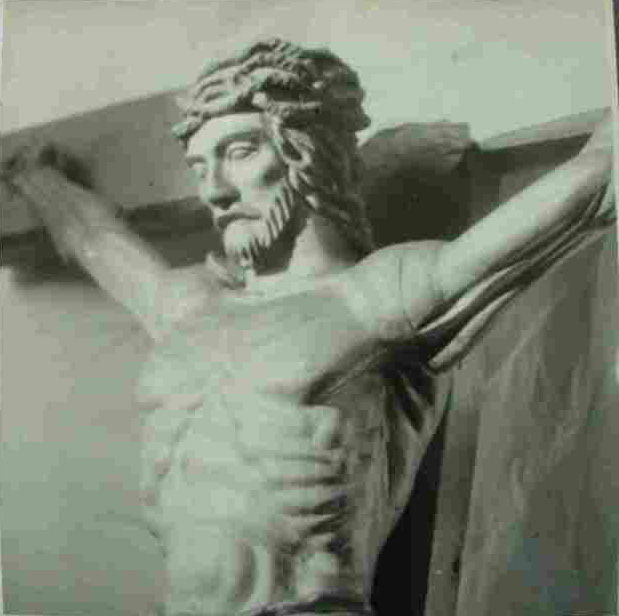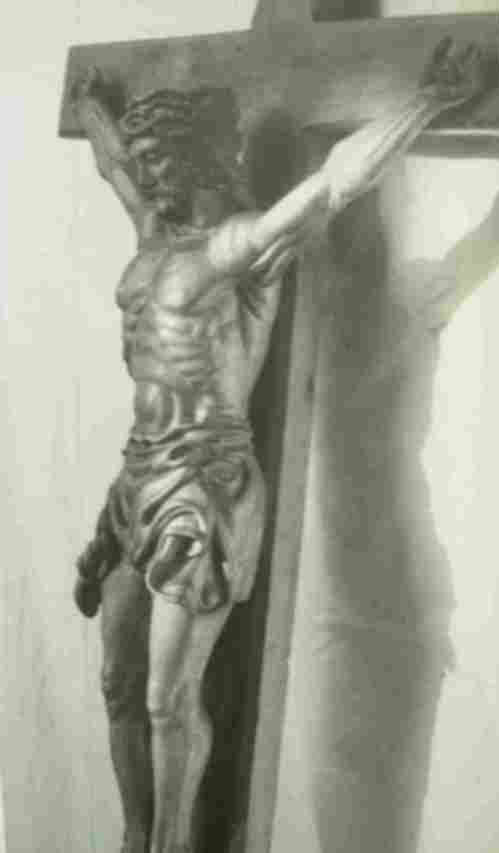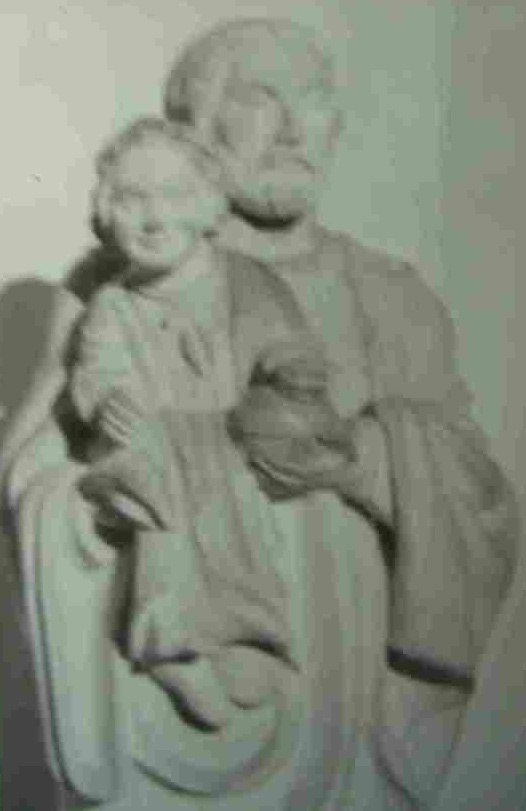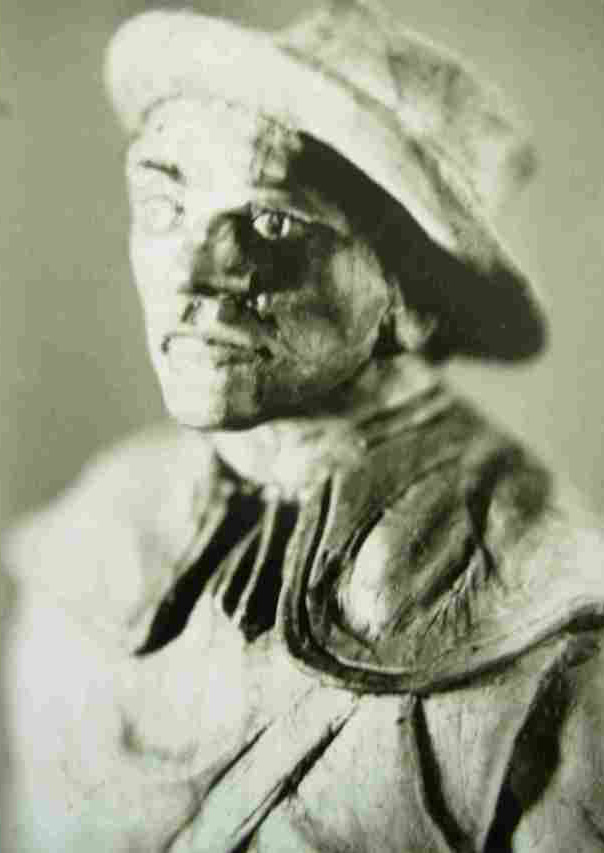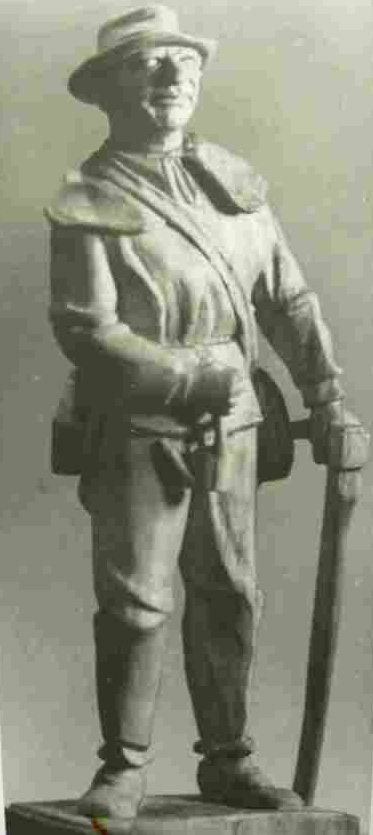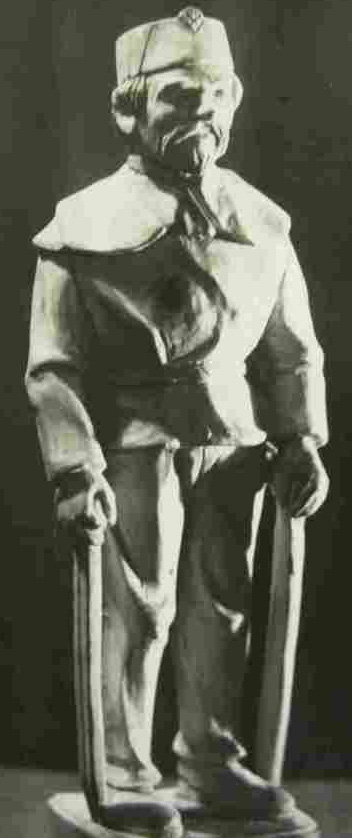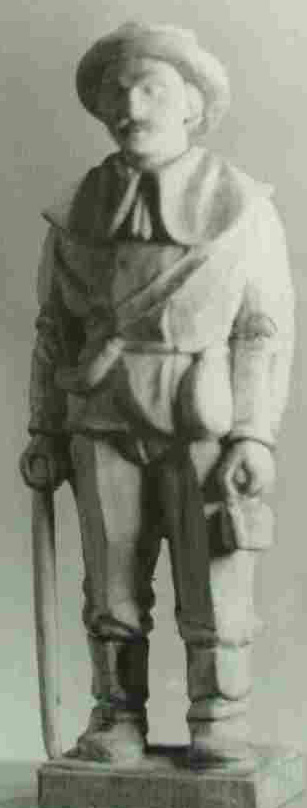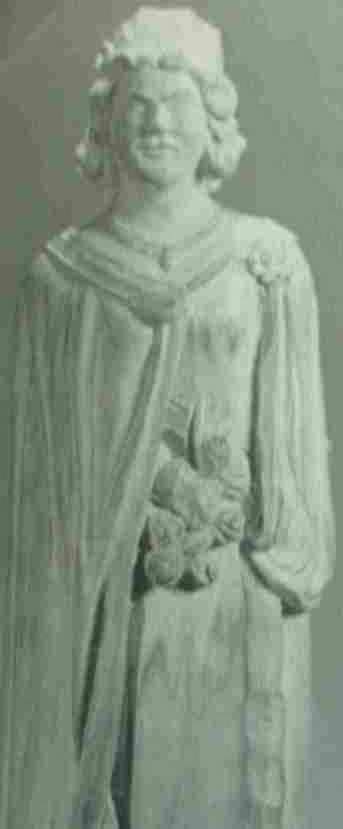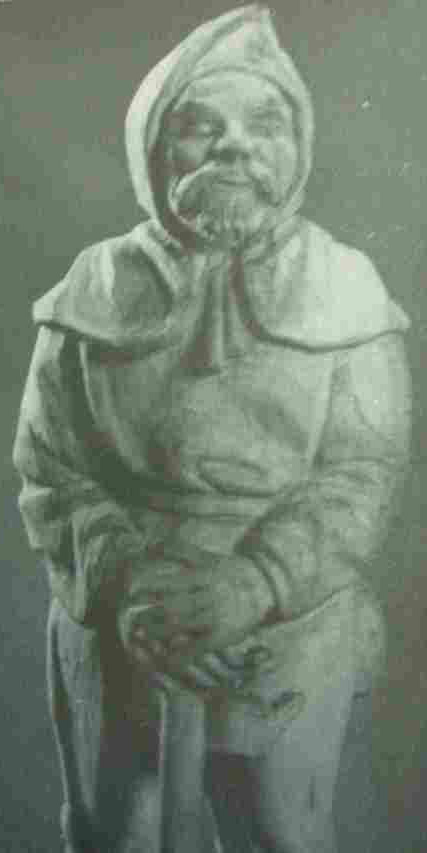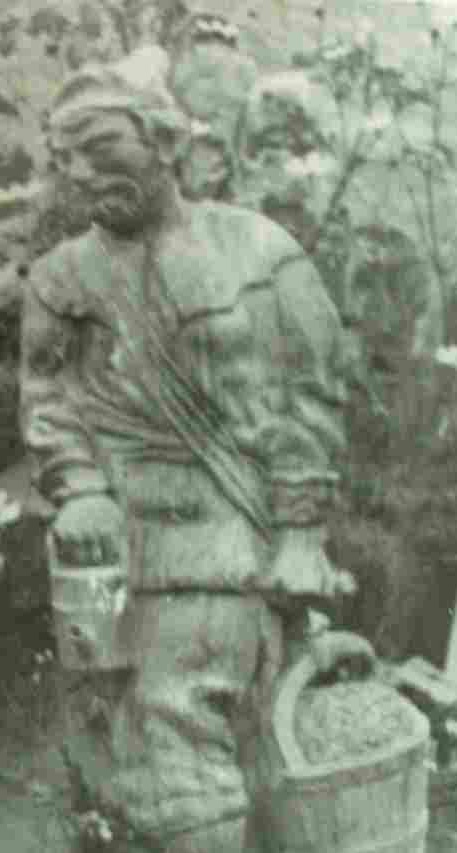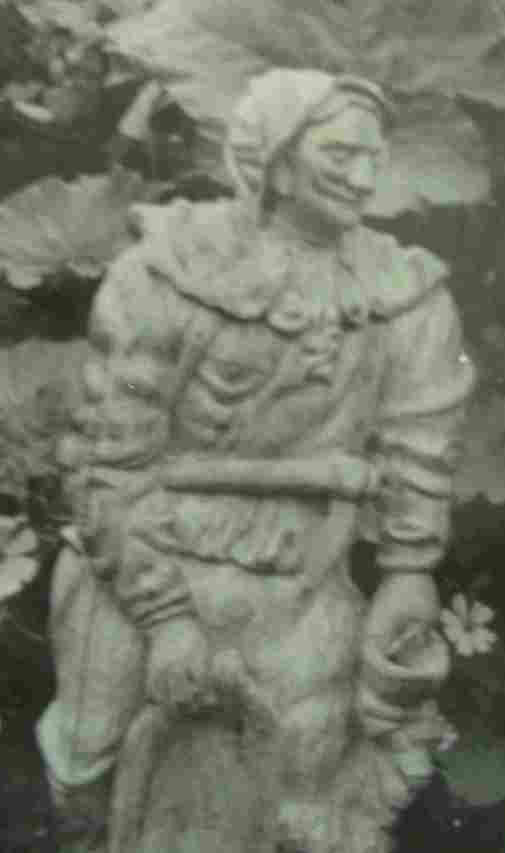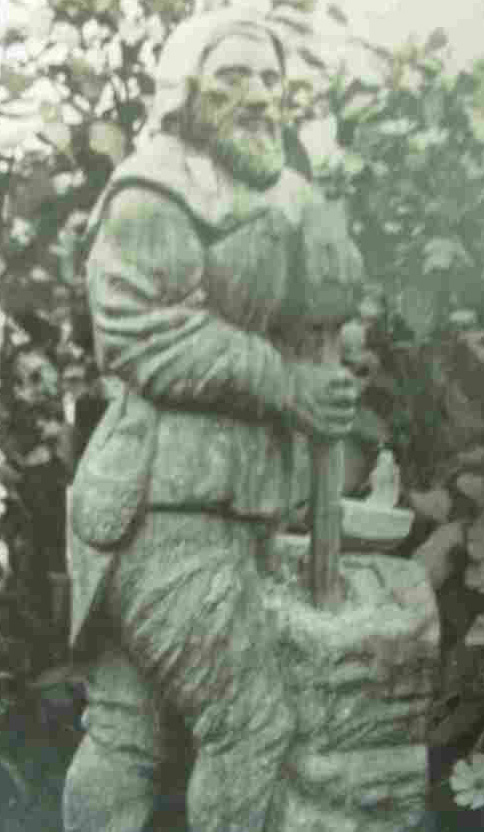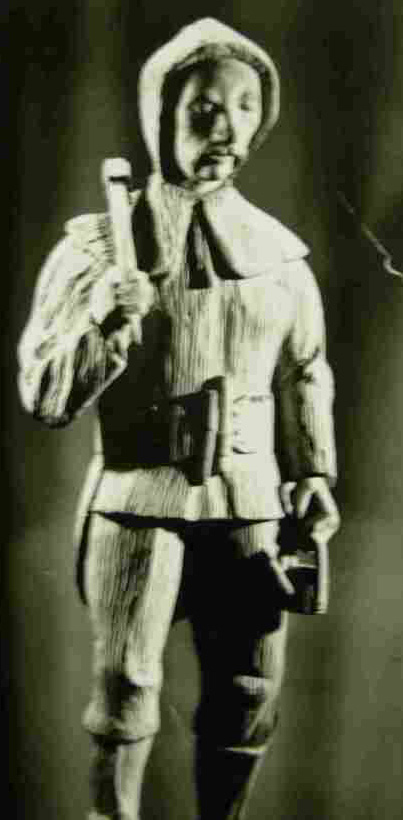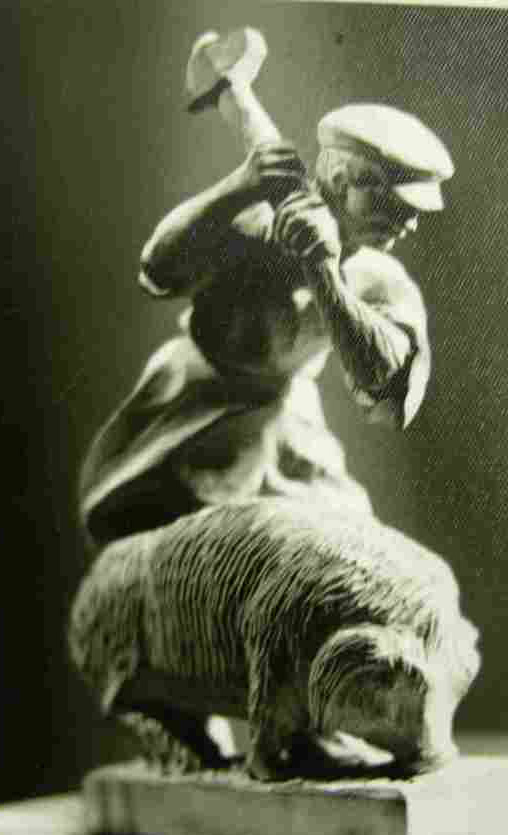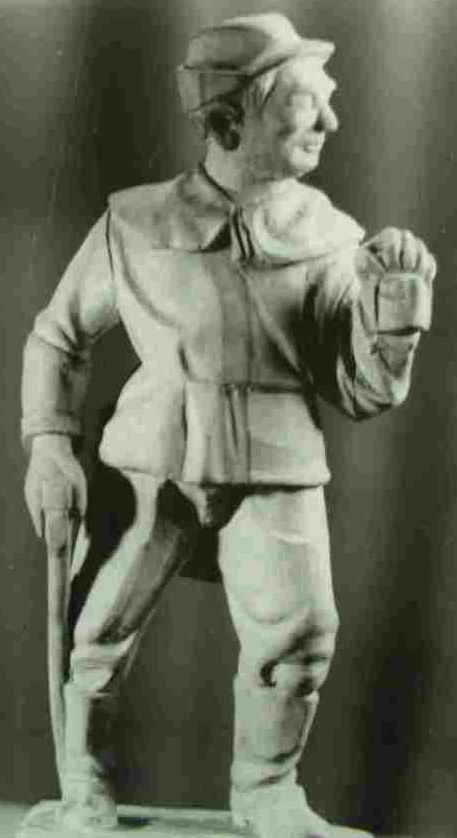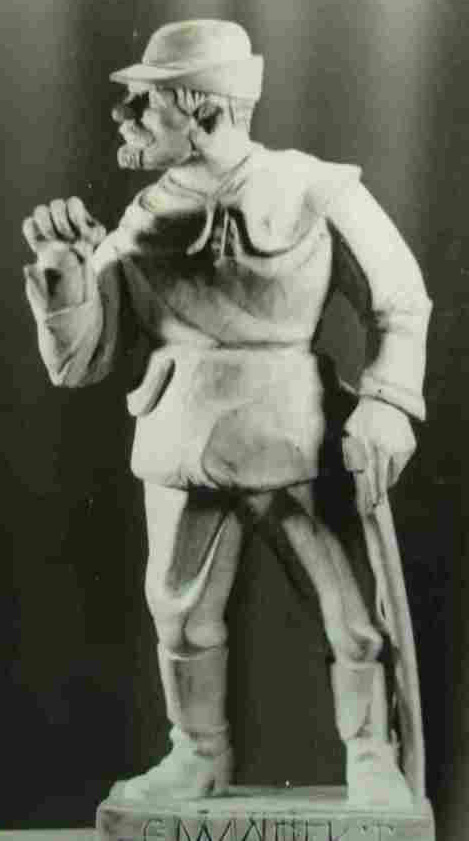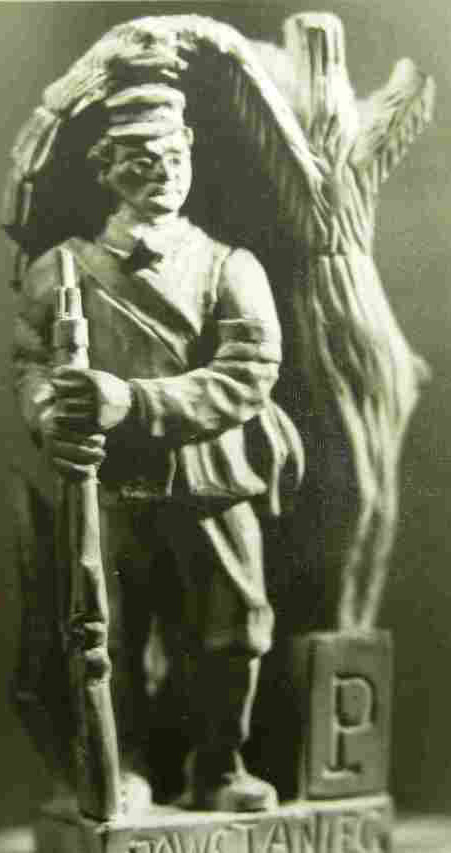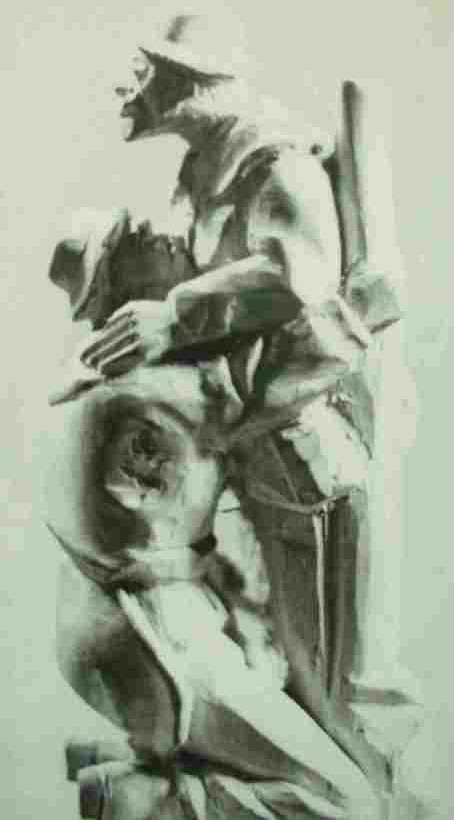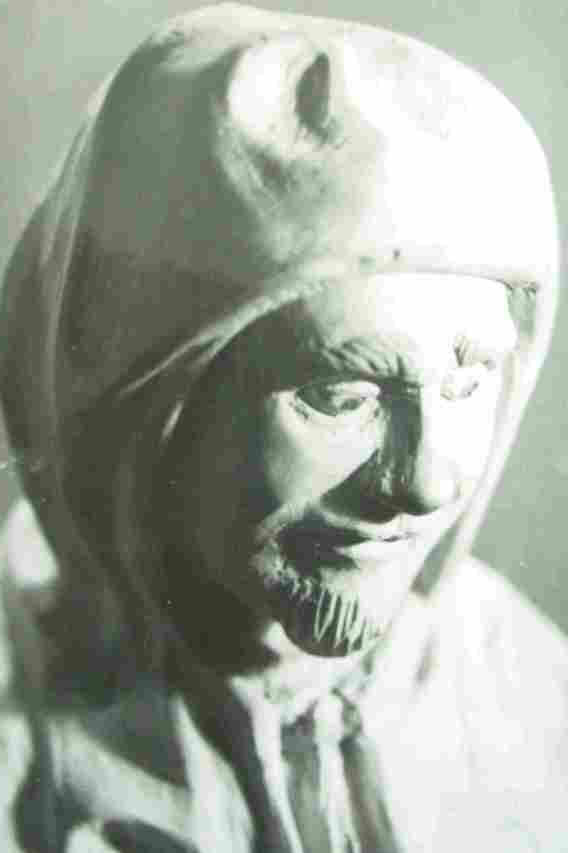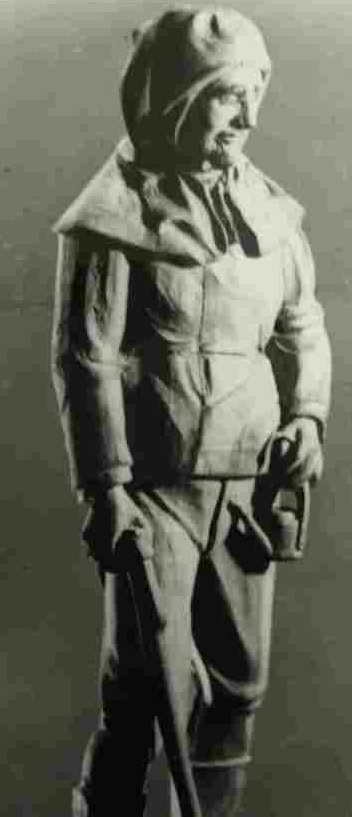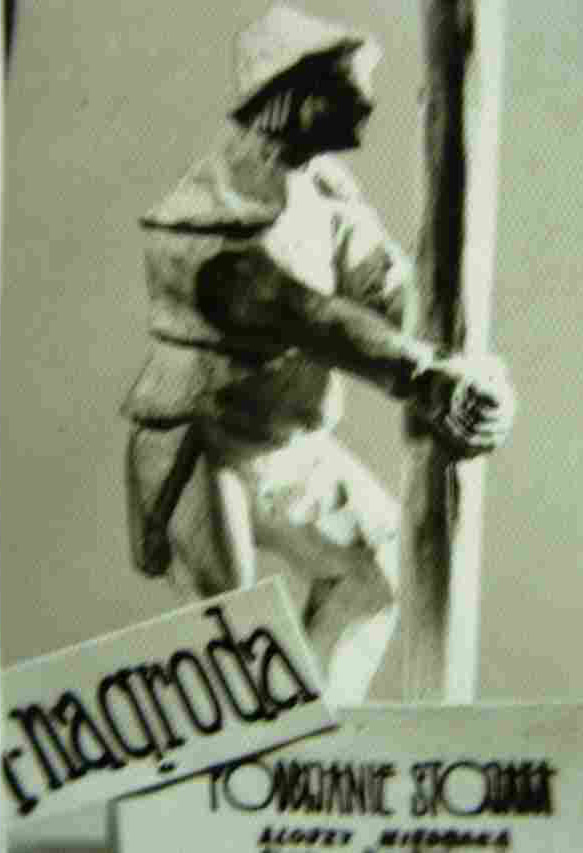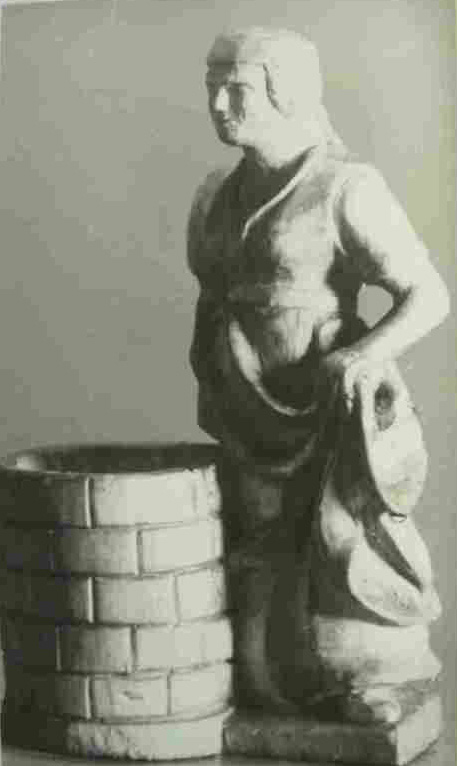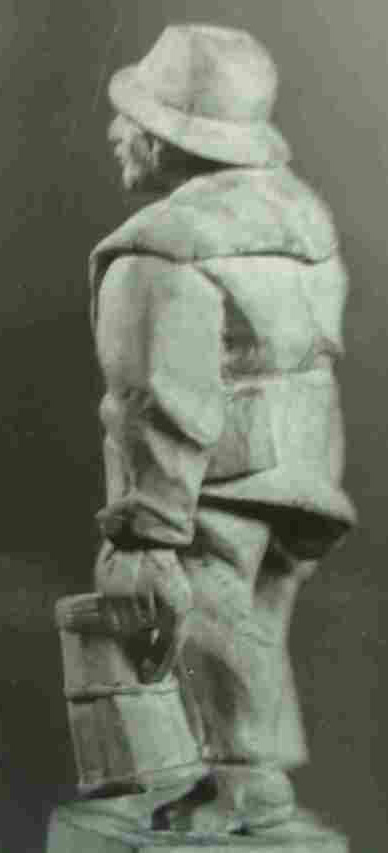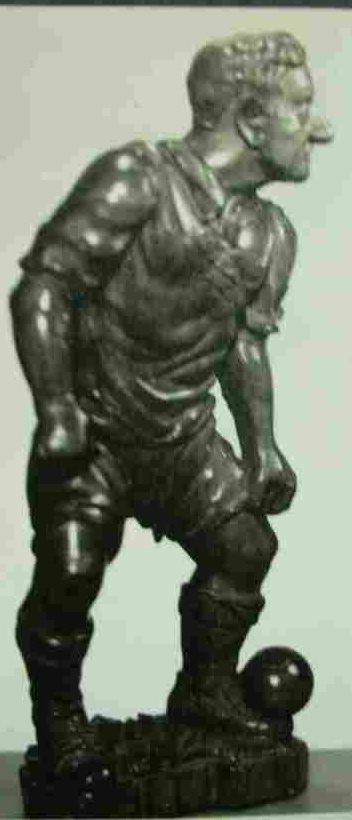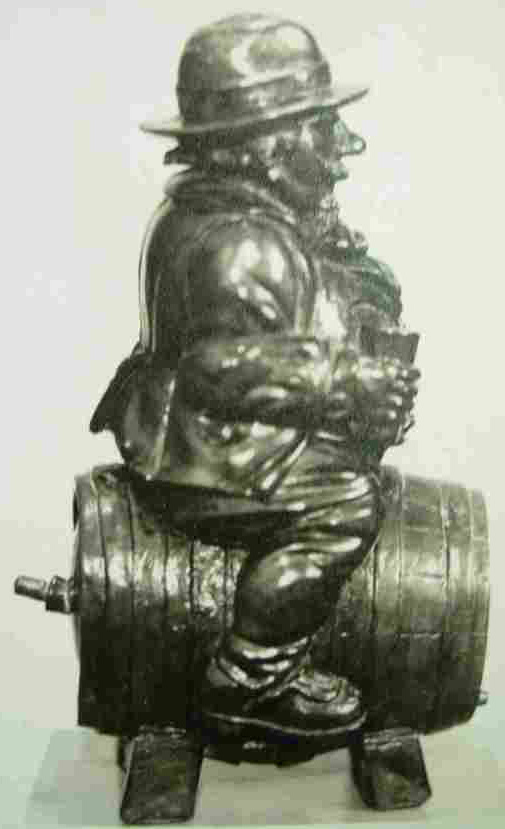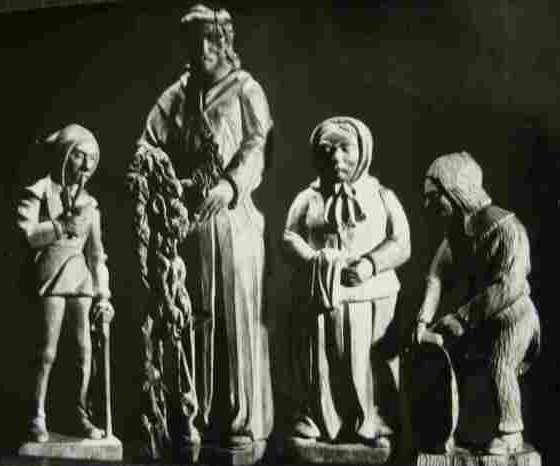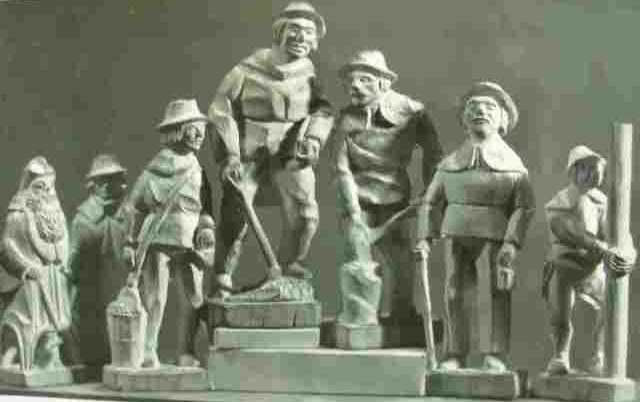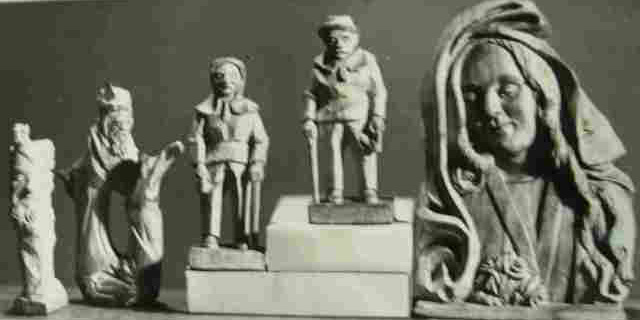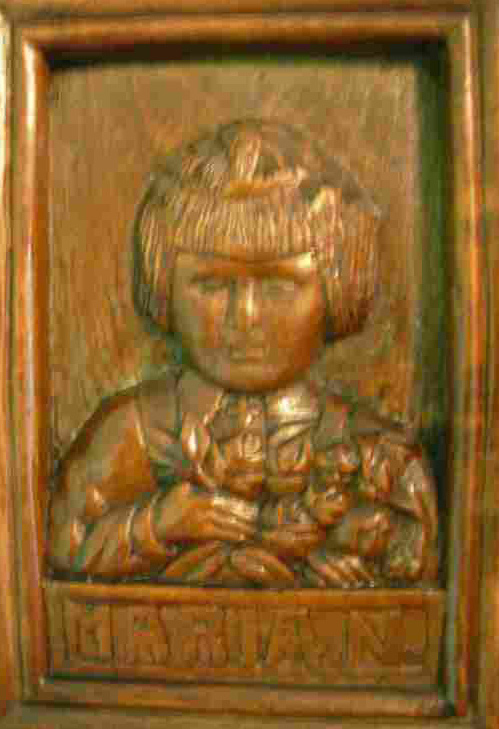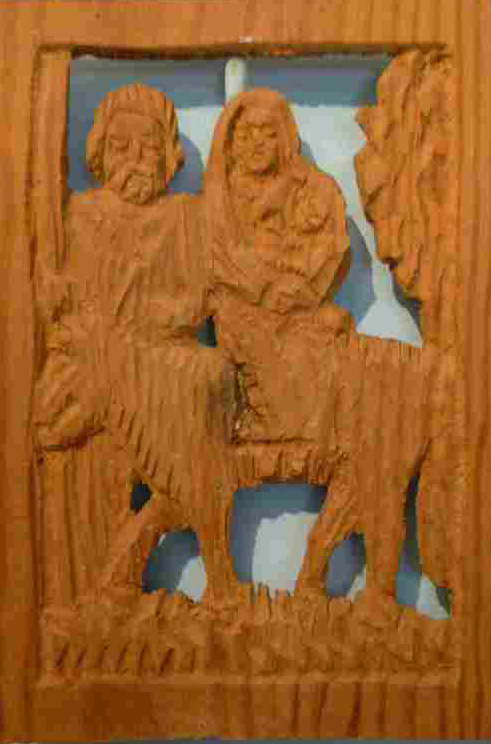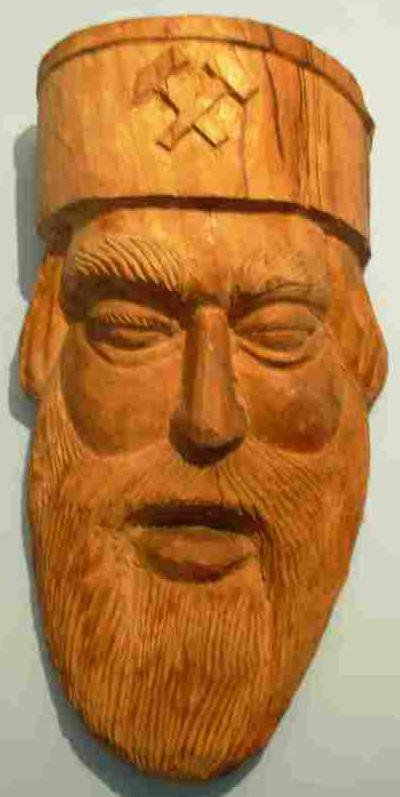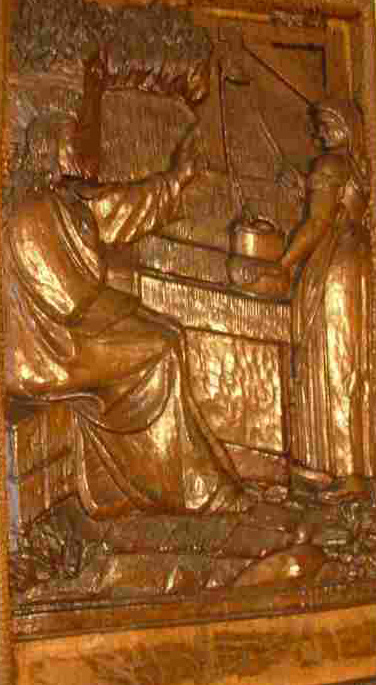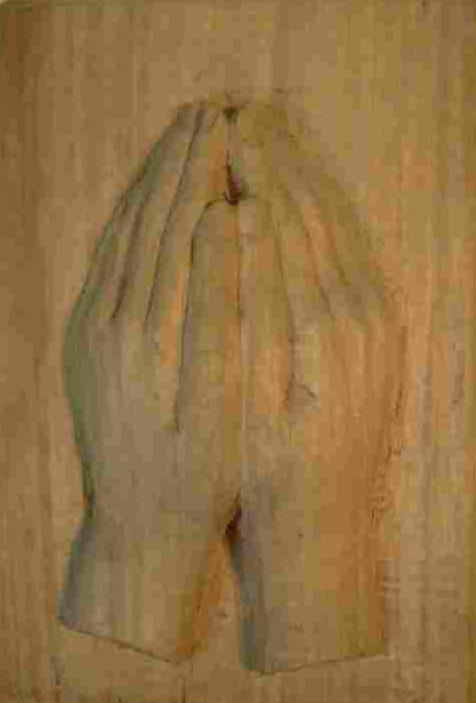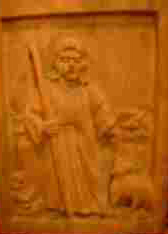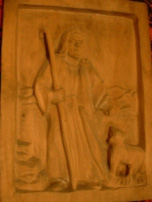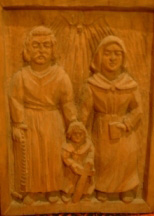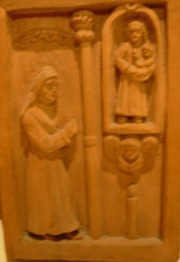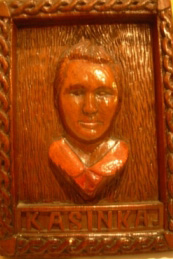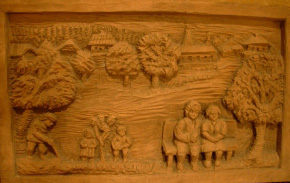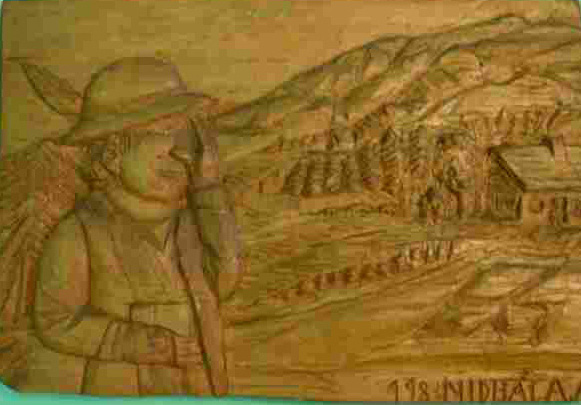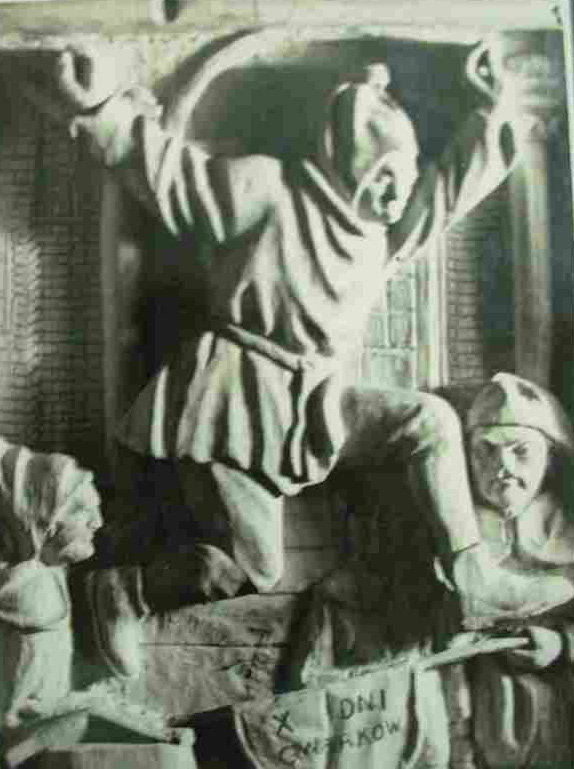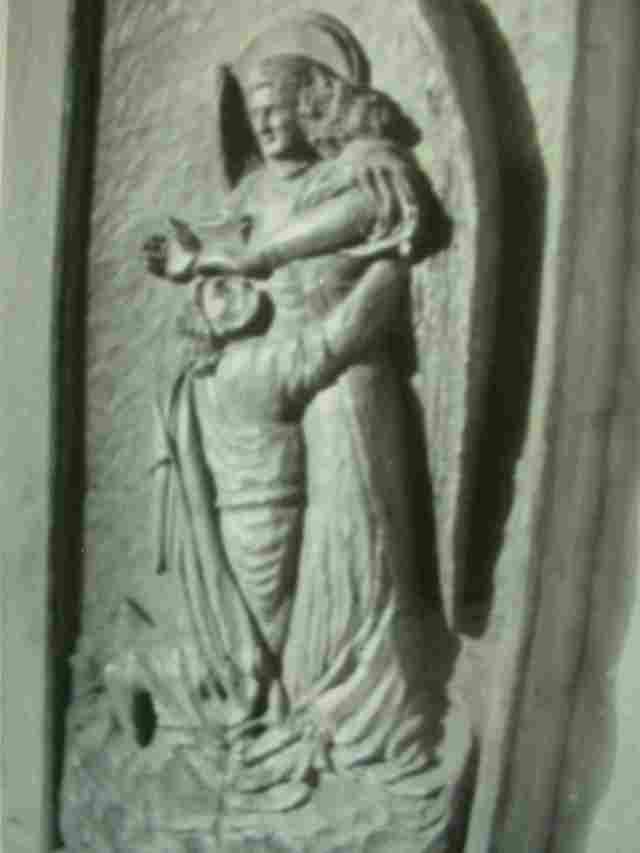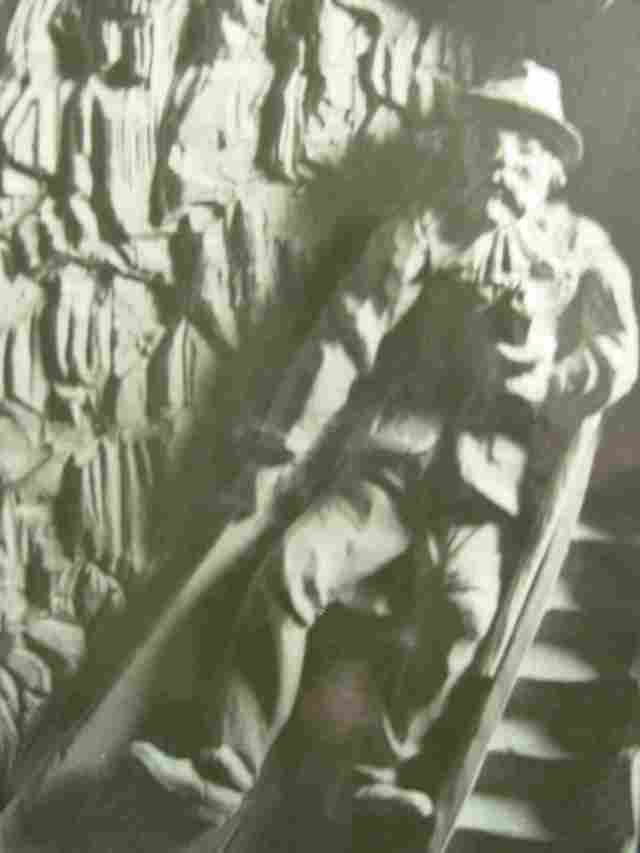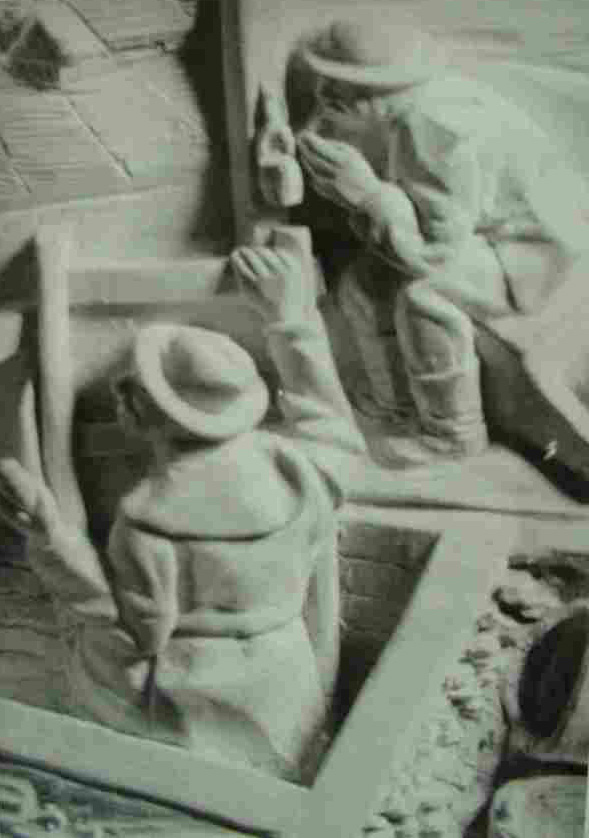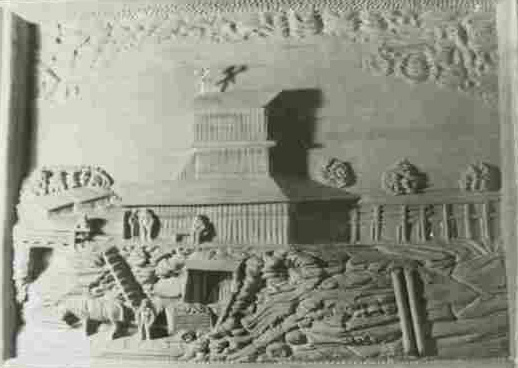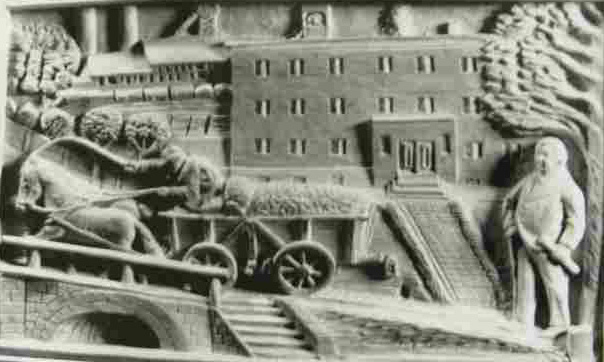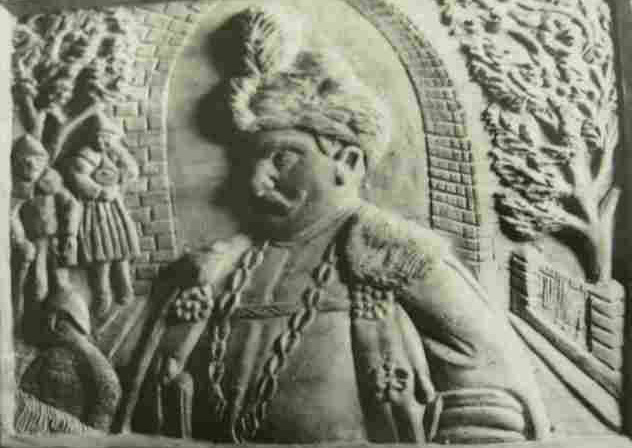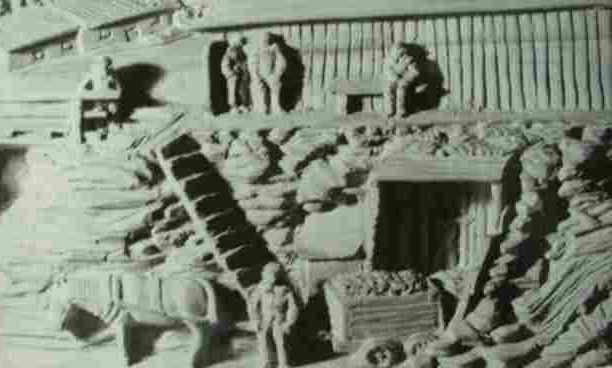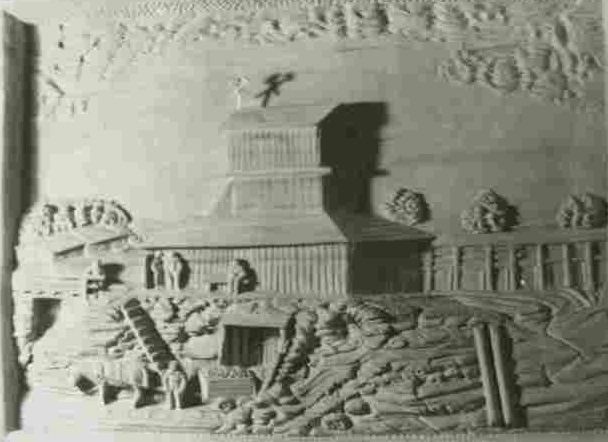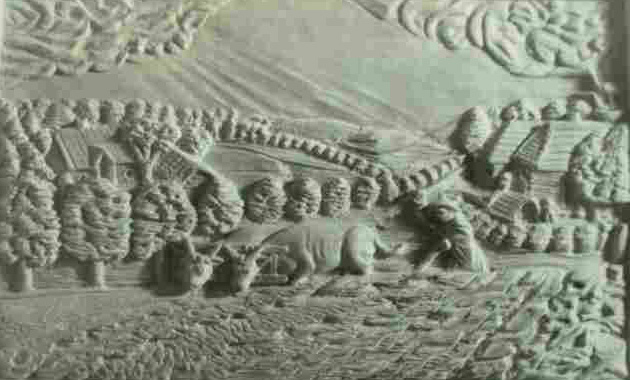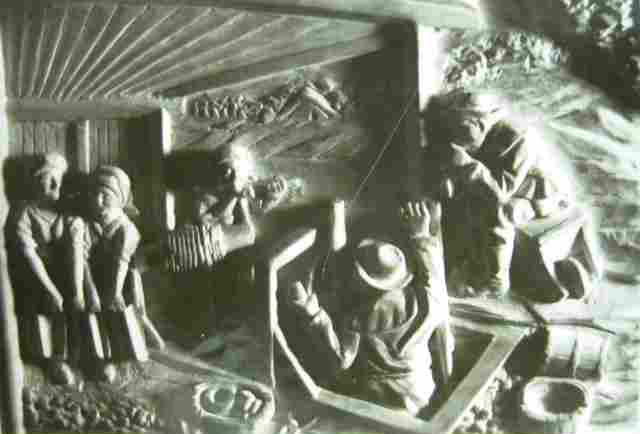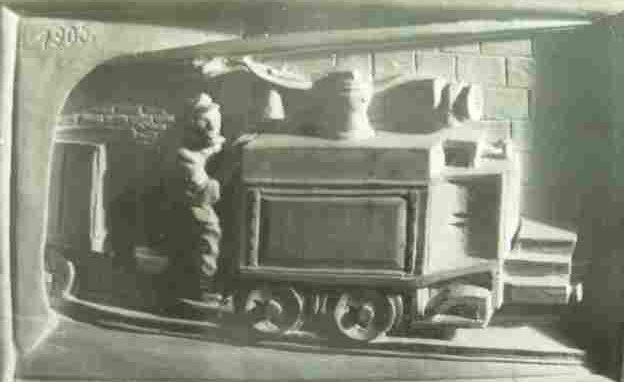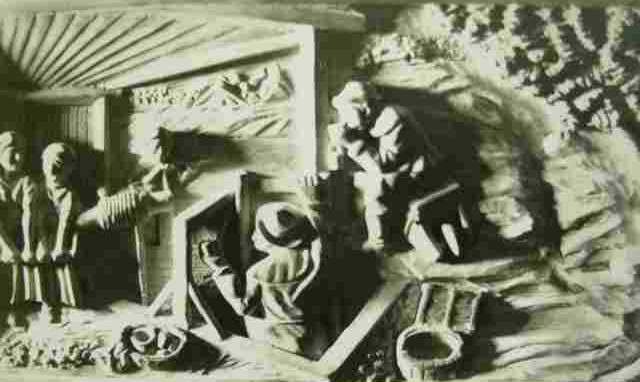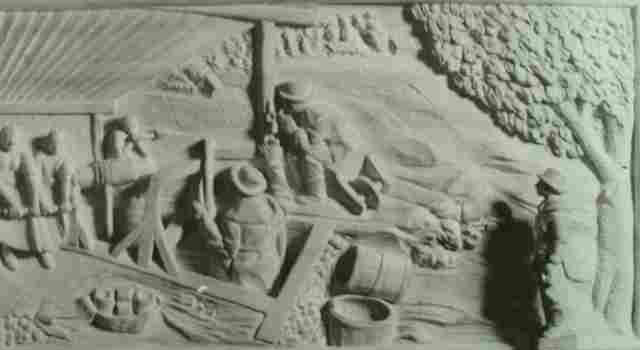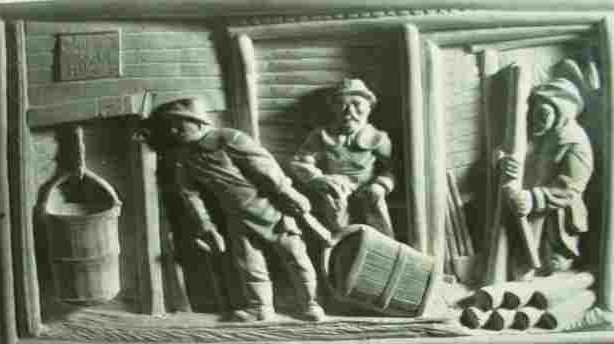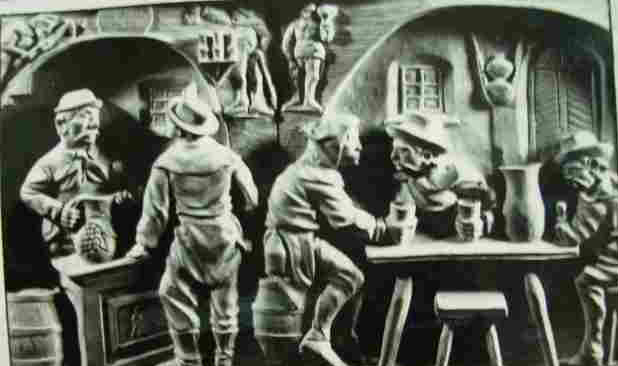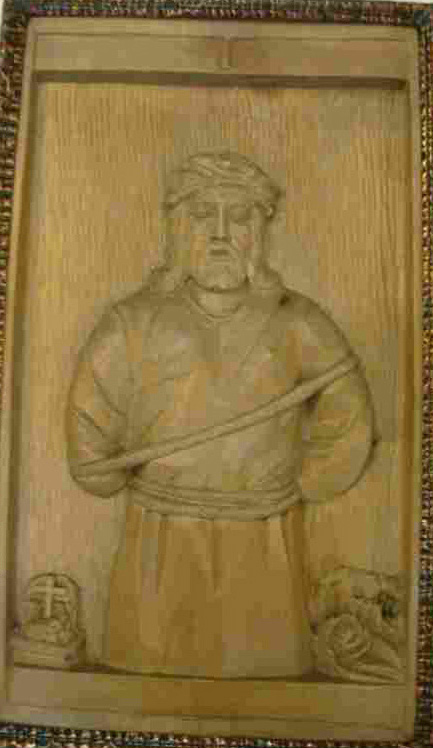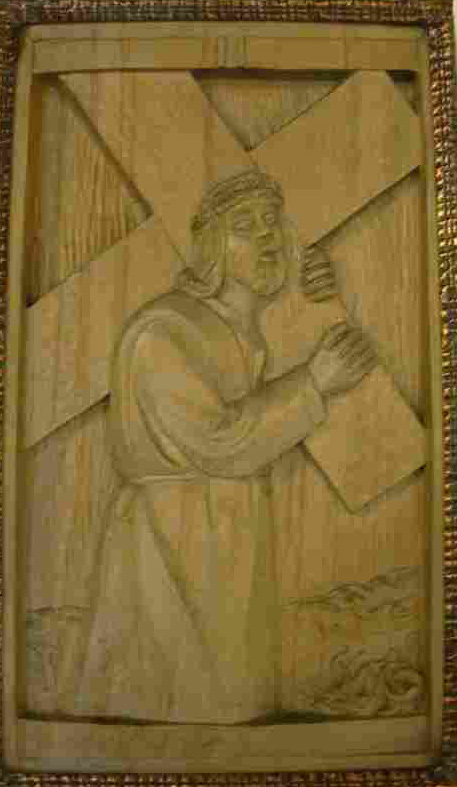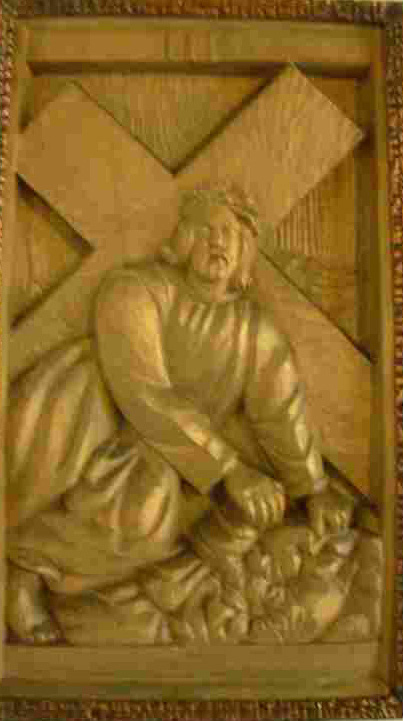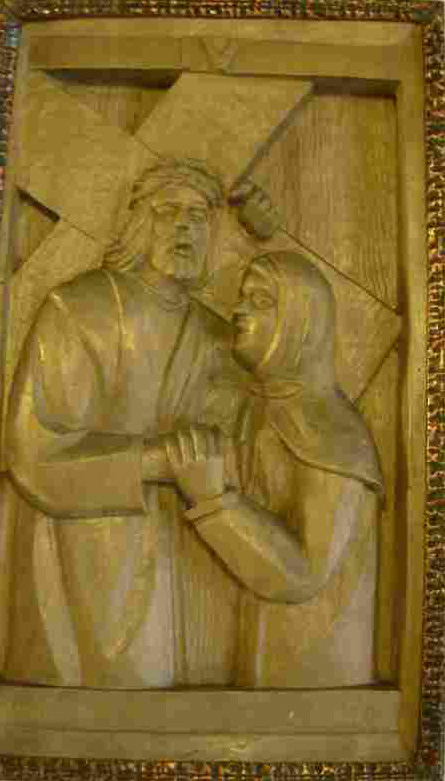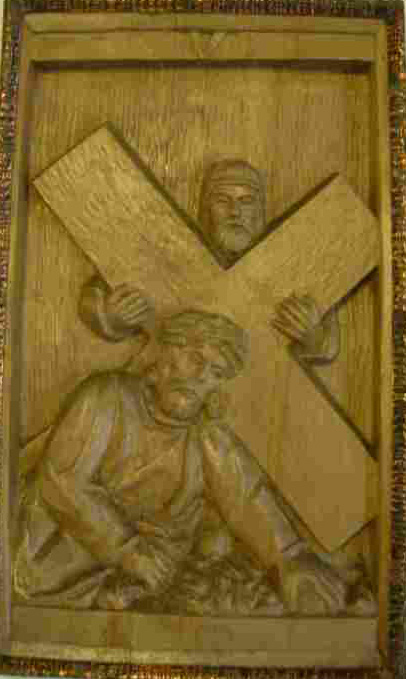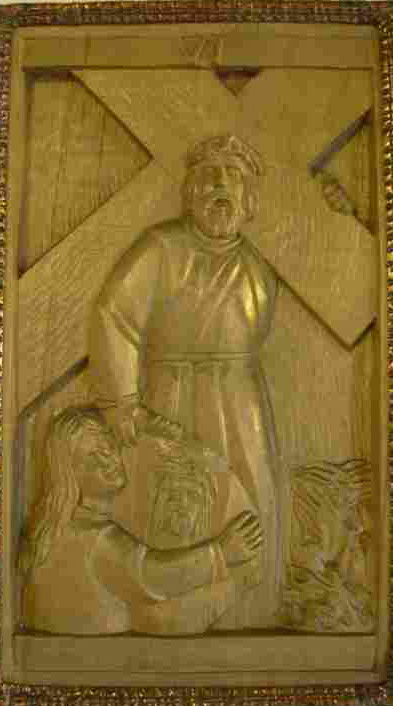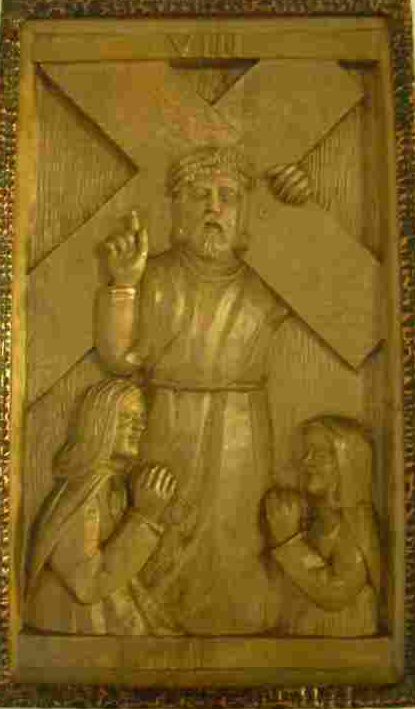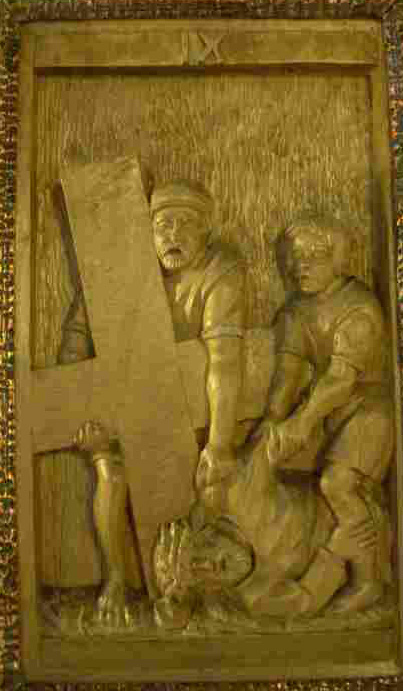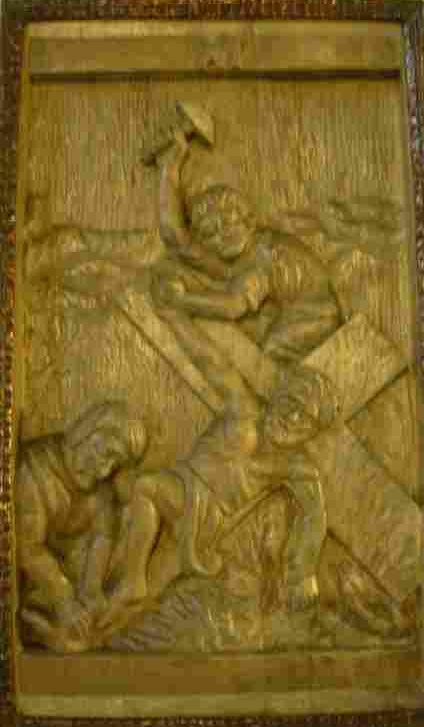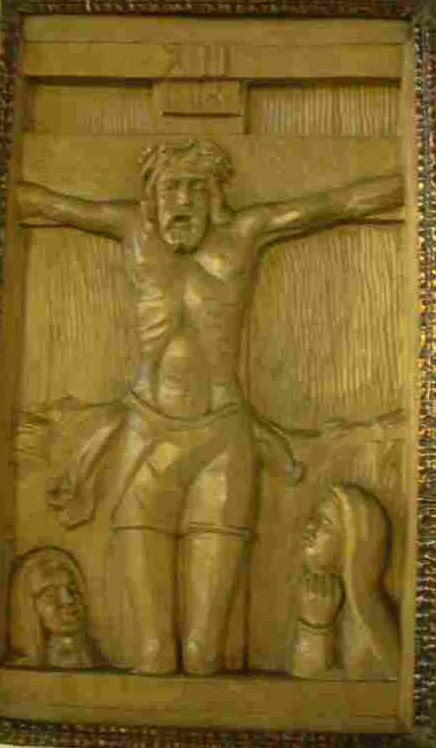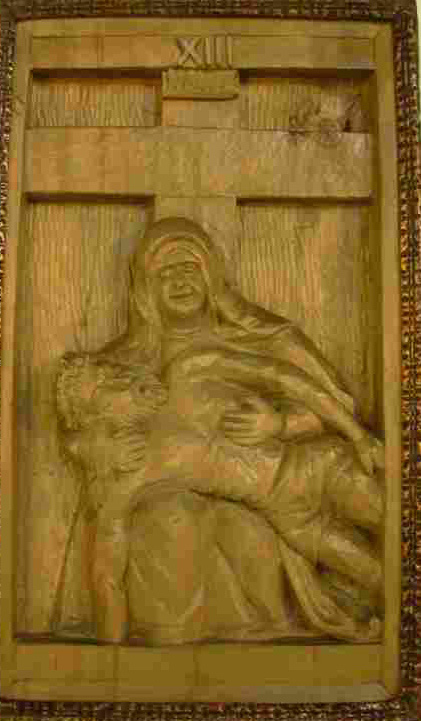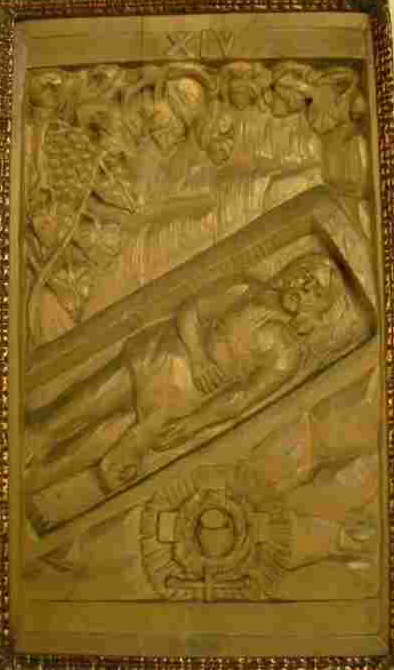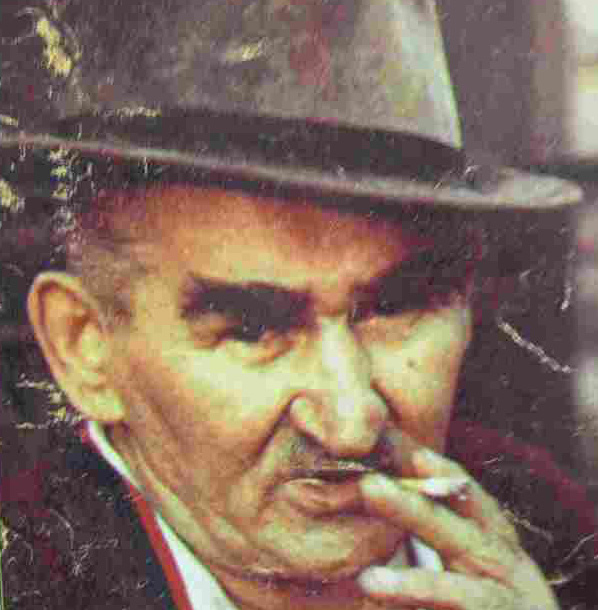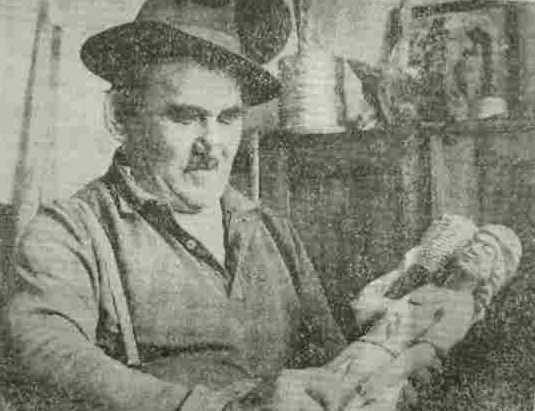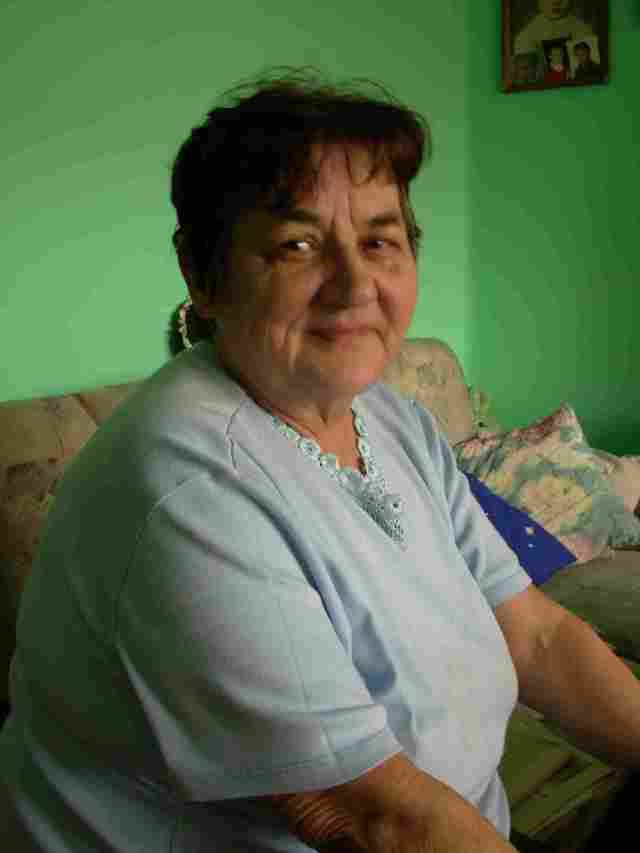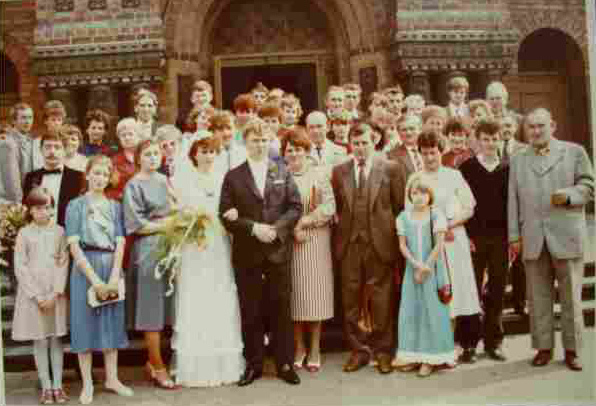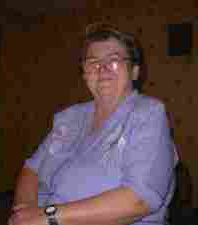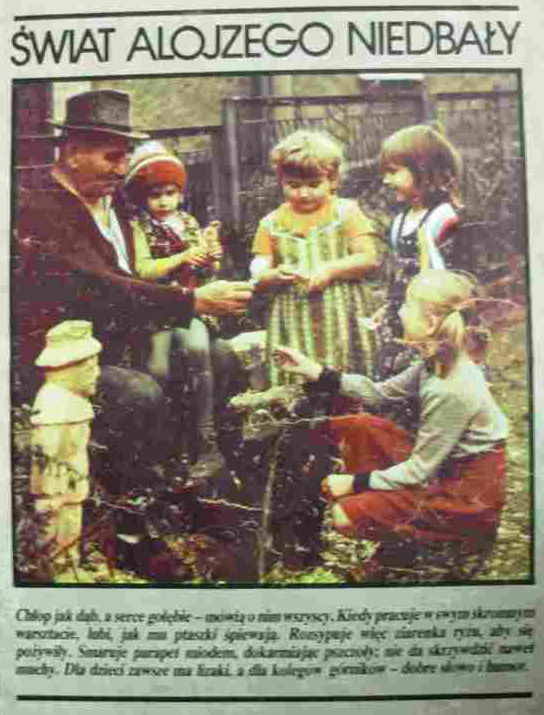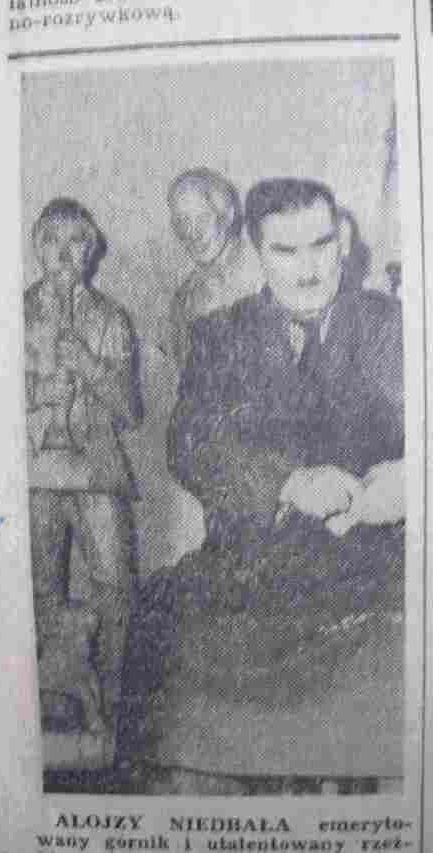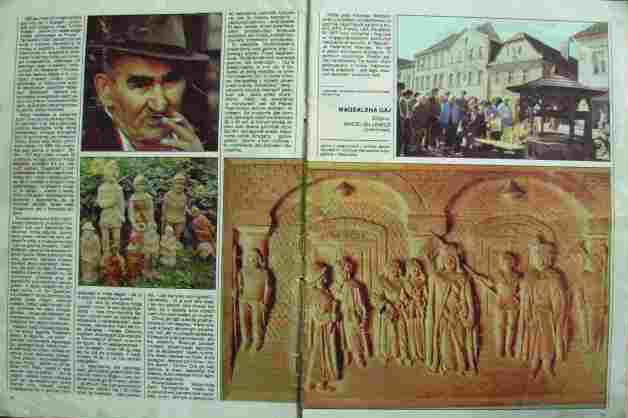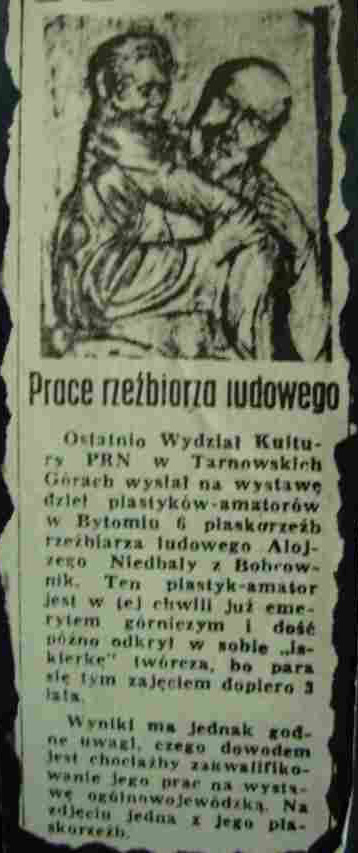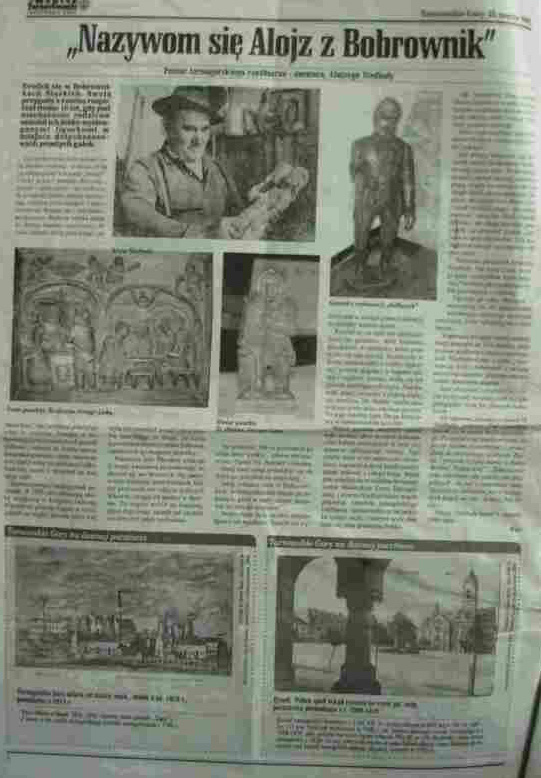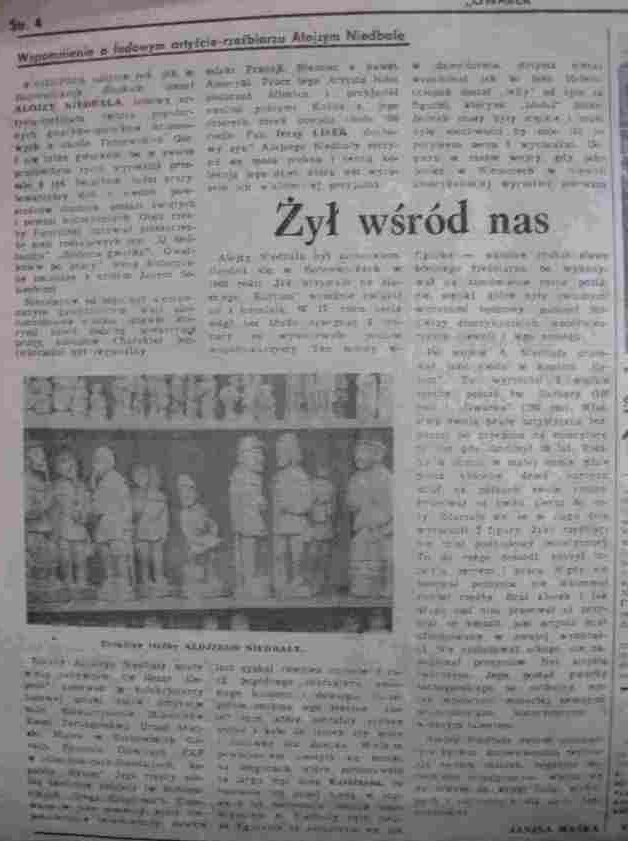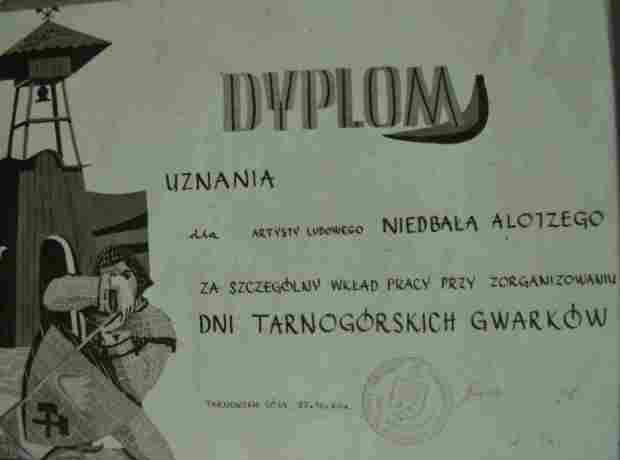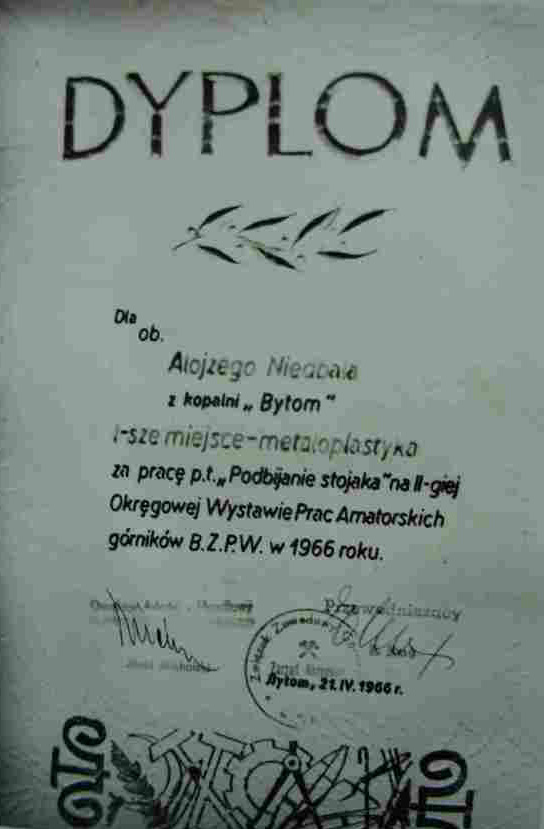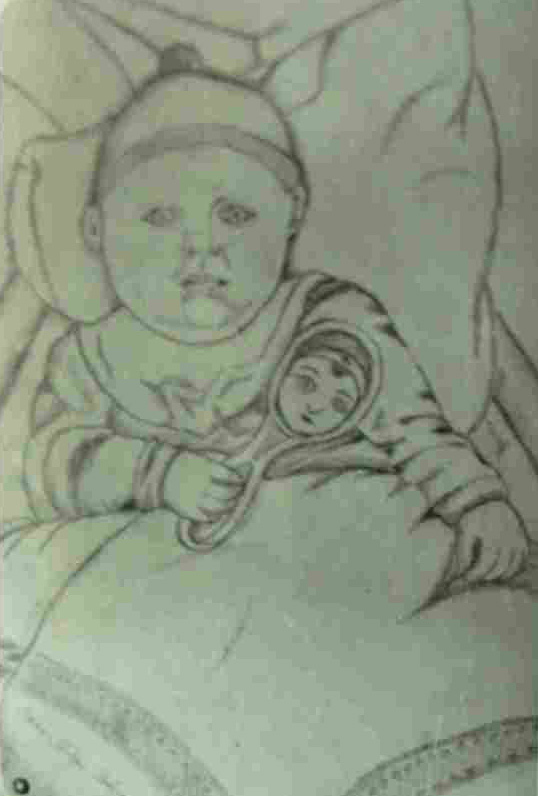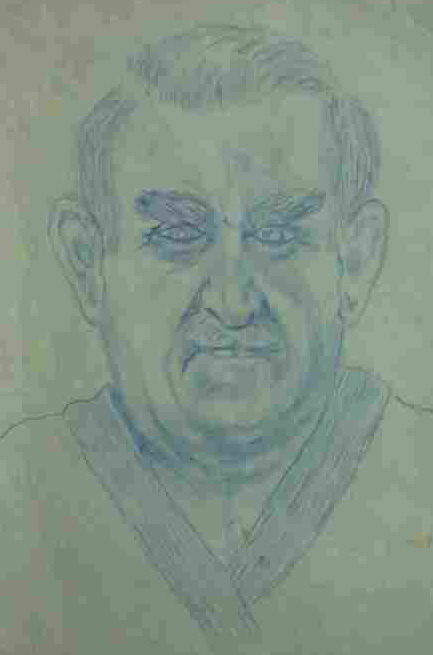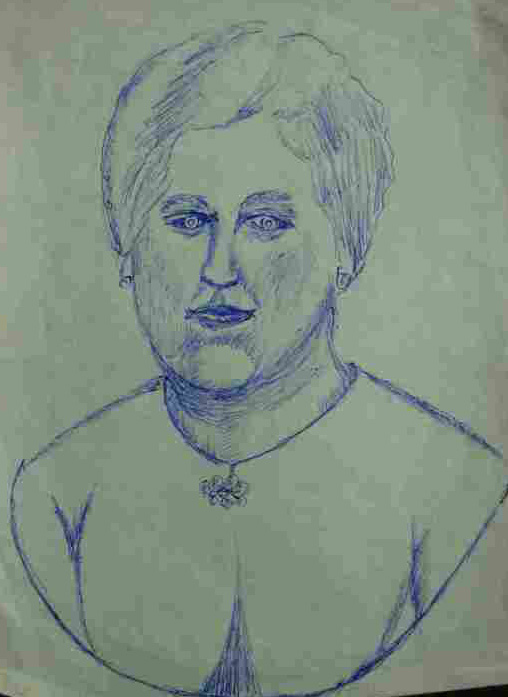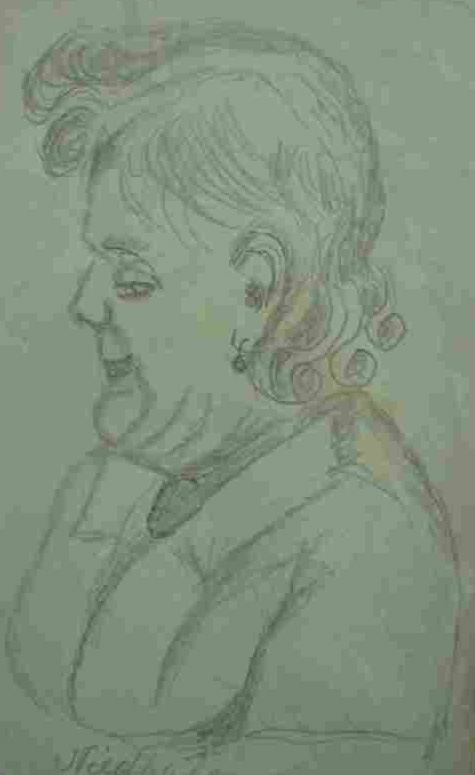Alojzy Niedbała Sculpture |
A boy like an oak, with a heart like doves - everyone said about him. When he worked in his humble workshop, he liked it when the birds sang to him. So he scattered grains of rice for food. He smeared the windowsill with honey, feeding the bees; He wouldn't even hurt a fly. He always had lollipops for children, and a kind word and humor for his fellow miners. |
||||||||||||||||||||||||||||||||||||||||||||||||||||||||||||||||||||||||||||||||||||||||||||||||||||||||||||||||||||||||||||||||||||||||||||||||||||||||||||||||||||||||
He used to say about himself: "My name is Alojz from Bobrowniki" He was born in Bobrowniki Śląskie on June 21, 1905. He began his adventure with sculpture at the age of 10, when, in the absence of his parents, he decorated his bed with carved figurines, instead of the simple knobs. However, there was no time for carving. He started working in the "Bytom" mine very early. Hard work and physical conditions - tall and muscular - made him become a very strong man. There were some funny incidents associated with this. While in the army, he was given a machine gun to operate. During the assembly, when the order "put weapons on your shoulder" was given, he easily placed it on his shoulder. While working in the Bobrownica quarries, he was able to lift and throw almost two hundred kilograms of weight into the cradle. Another time, he placed a several-meter-long rail on his shoulders and supported six people on it. However, interest in sculpture remained. In 1928, while serving in the Border Protection Corps, while bathing in a river, he came across a soft stone whose shape resembled a human figure. Without hesitation, he created the figure of a soldier with an ordinary penknife and gave it to his commander. The twisted fate of Silesians during World War II led him to Italy. At the request of American soldiers who brought him photos of beautiful Italian women, he carved their figures in wood. After the war, he returned to the mine, where his passion for sculpture began to accompany his work. In the mine, at the 300m level, he left behind two large - almost two-meter high - figures; Saint Barbara and Gwarek. After retiring, he devoted himself to his passion. He had his workshop in Bobrowniki Śląskie, in the family house inherited from his parents, where he worked in a small shed from morning to evening. The material was ordinary linden or poplar wood. He also used fanciful tree shapes in his works. He sculpted what was closest to him. Mining tradition, old mines, miners are the topics that appeared most often. This was illustrated by numerous bas-reliefs and figural sculptures. He created works related to mining tradition and religious cult. His work was the Stations of the Cross in the Bobrownica church - now restored - decorating the walls of the funeral chapel. |
Alojzy Niedbała's work also included figures of Silesian insurgents, women working in the field, and a butcher killing a pig. His sculptures had many buyers and, interestingly, they were bought by numerous folk art collectors from all over the country. Many of the works are located in the headquarters of the Tarnowskie Góry Land Lovers' Association, with which Niedbała worked closely. The achievements of the amateur sculptor from Tarnowskie Góry amount to several thousand sculptures, many of which were found outside Poland. His works can be found in France, Germany and even America. He was a folk artist and had no theoretical basis for his works. He never thought twice about getting to work, he just picked up a chisel and started carving. He never made any sketches. He would take a block of wood and work on it until it took the shape he had in mind. He didn't imitate anyone or borrow ideas. Alojzy Niedbały's long-time friend, Mr. Jerzy Lisek, describes him as a giant with extraordinary strength, but at the same time open to others, a man who was as if out of this world. According to him, during a review of amateur sculpture from the early 1970s, during a meeting with invited guests, Niedbała stood up and said: "My name is Alojz from Bobrownik" and began to recite a hastily composed poem about his hen house. Another time, during the Gwarków Days, Niedbała played the role of King Sobieski. After entering the market square, he stopped in front of the honored guests and said to the then voivode Ziętek: "I will tell you a nice poem about Our Lady of Piekary." The confusion was enormous, but he showed once again that he was and remained himself. Needless to say, he never played the character again. Alojzy Niedbała died on August 9, 1987, on the day of the Bobrownica Indulgence - as his daughter, Mrs. Maria Gołombek née, recalls. Careless. The photographs below were made on the basis of original works by Alojzy Niedbała, family albums and family souvenirs, provided by his daughters: Mrs. Maria Gołombek née Niedbała and Łucja Wylenżek née Niedbała, for which the author of this website would like to express his sincere and warm thanks. |
||||||||||||||||||||||||||||||||||||||||||||||||||||||||||||||||||||||||||||||||||||||||||||||||||||||||||||||||||||||||||||||||||||||||||||||||||||||||||||||||||||||||
1. Sculptures - photographs of the originals - (all DblClick)
2. Sculptures - photos from the album - (all DblClick)
3. Flat sculptures - photos of the originals - (all DblClick)
4. Flat sculptures - photos from the album - (all DblClick)
5. Basal sculptures - Stations of the Cross - (all DblClick)
6. Family photos - (all DblClick)
7. Newspaper articles - (all DblClick)
8. Diplomas - (all DblClick)
9. Sketches - (wszystko DblClick)
|
|||||||||||||||||||||||||||||||||||||||||||||||||||||||||||||||||||||||||||||||||||||||||||||||||||||||||||||||||||||||||||||||||||||||||||||||||||||||||||||||||||||||||
 |
|

